Hardware
In Win IW-MS04 Mini Server Case Review

Introduction
In Win is a company that is well known for not cutting corners with its cases. They have a long history of blending the design of their products in a tug of war between art and technology. Having been founded in 1985, they are now a leading provider of enclosure solutions worldwide. They’re also environmentally conscious, making sure that they maintain an ongoing effort to conserve resources and to protect the Earth.
The IW-MS04 is a stylish case, with a sleek mesh textured front, and clear indicators for activity. Let’s take a close look at this Mini ITX case more up close.
In Win’s take on the IW-MS04
Features
- Mini-SAS Backplane (6Gb/sec supported)
- Unique server design ideal for small office
- Flex ATX power supply supported
- Slim ODD supported
- Front Access USB 3.0 x 2 Ports
Specifications and Closer Look
Dimensions: 275 x 120 x 230mm (D x W x H)
Drive Bay: External Slim ODD x 1, Hot-Swap 3.5” or 2.5” x 4, Internal 2.5” x 2
Power Supply: Flex ATX Form Factor
Front Control Panel: Power Switch, System Reset, USB 3.0 x 2
Backplane: Mini-SAS
Chassis Security: Intrusion Switch, Padlock Loop, Kensington Slot
Cooling Fan: Supports 120mm rear PWM fan
Expansion Slot: Low Profile x 1
Material: 0.8mm SECC
Unboxing
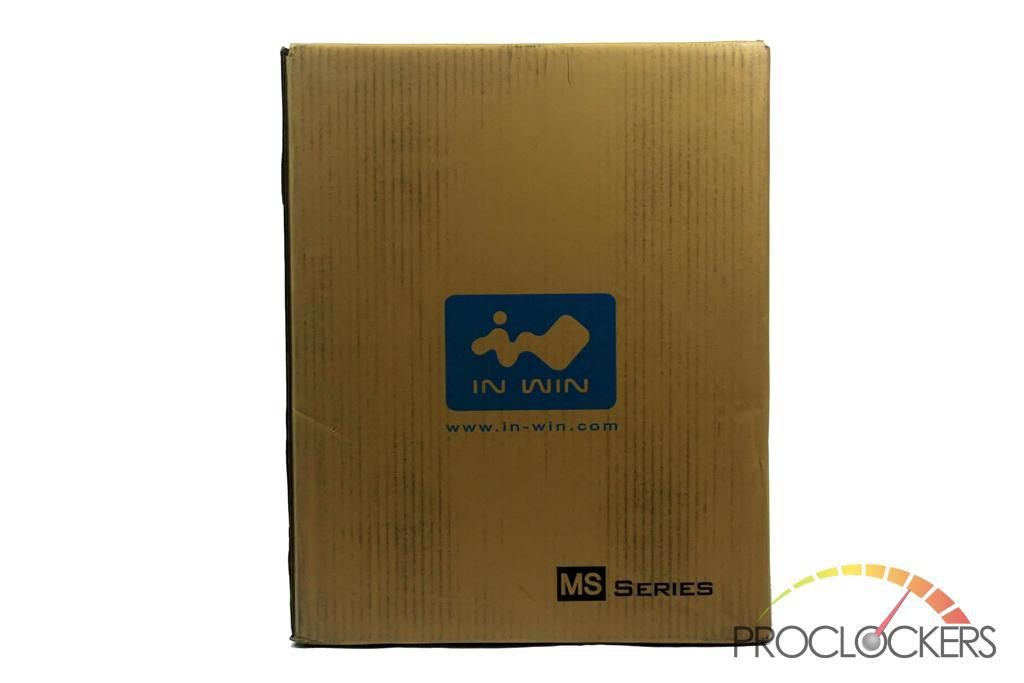
The front of the box clearly displays their logo, website, and what series the case is.
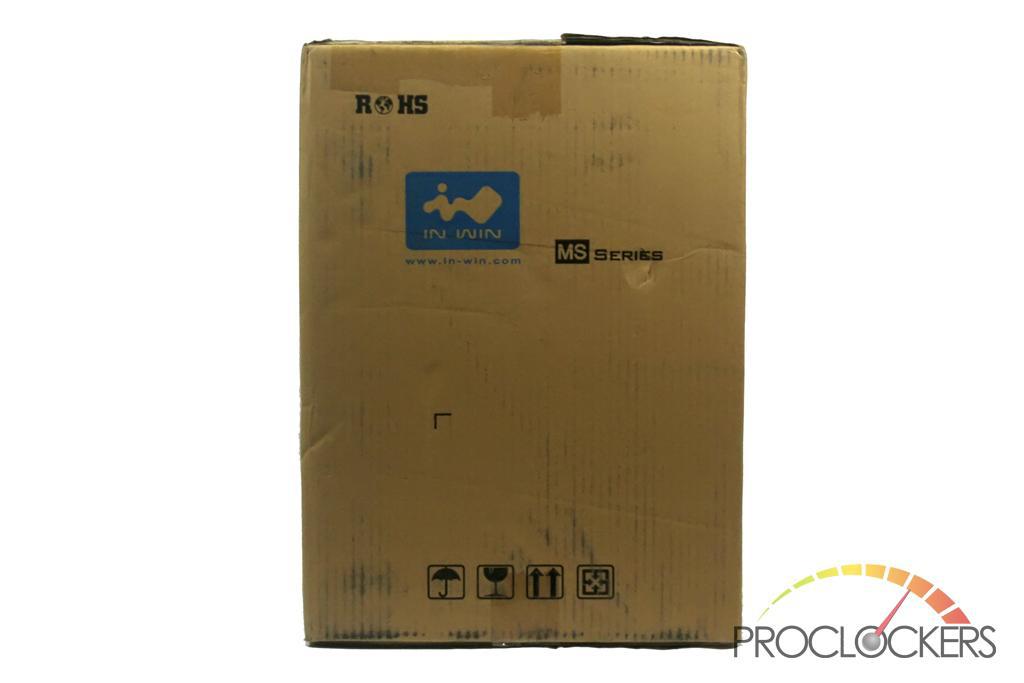
The side does the same thing, yet in a slightly smaller format.
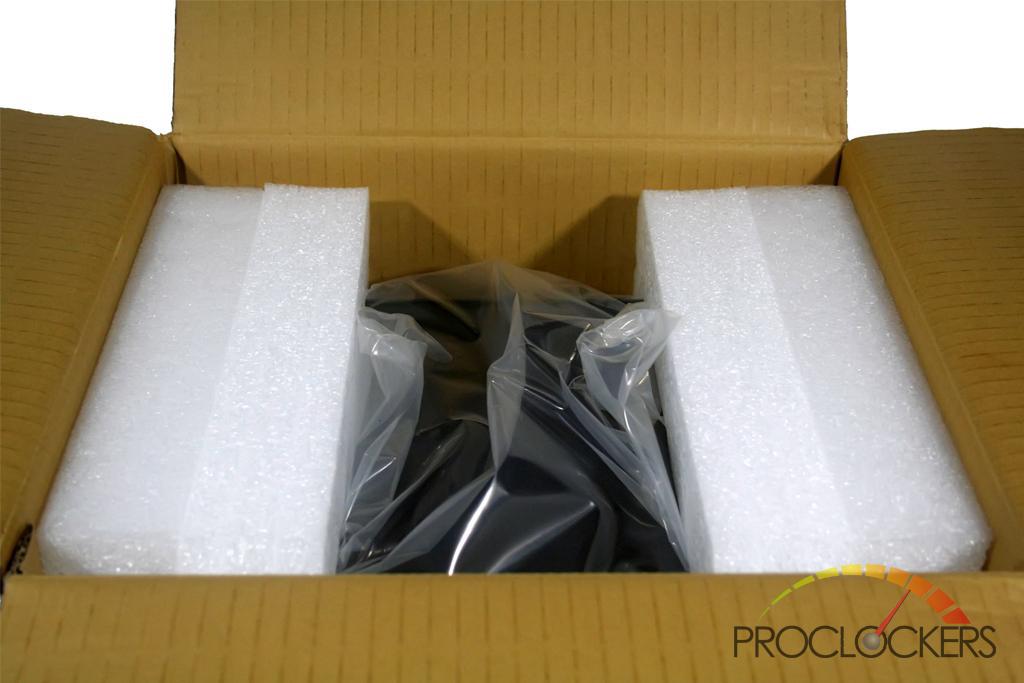
Opening up the box we find it is well wrapped with some soft plastic around the case, with then some foam padding that supports it well inside of the box.
Closer Look
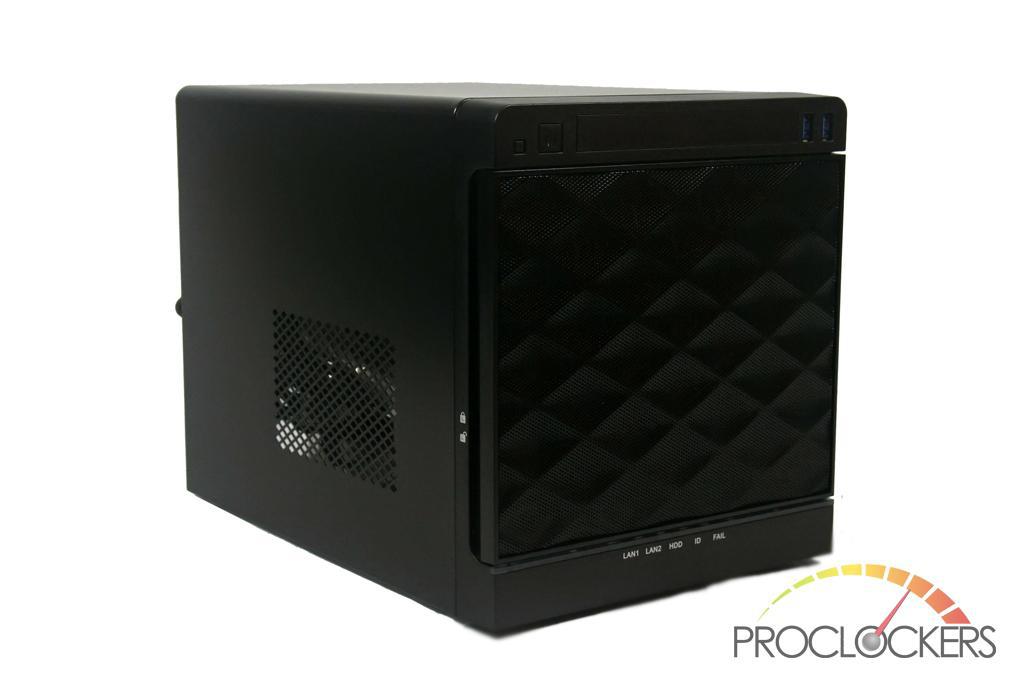
After we get the case out of the box, we’re greeted with the case in all of its glory. The first thing I notice is the overall feel of the case is very solid, and has a rather sleek appearance to it.
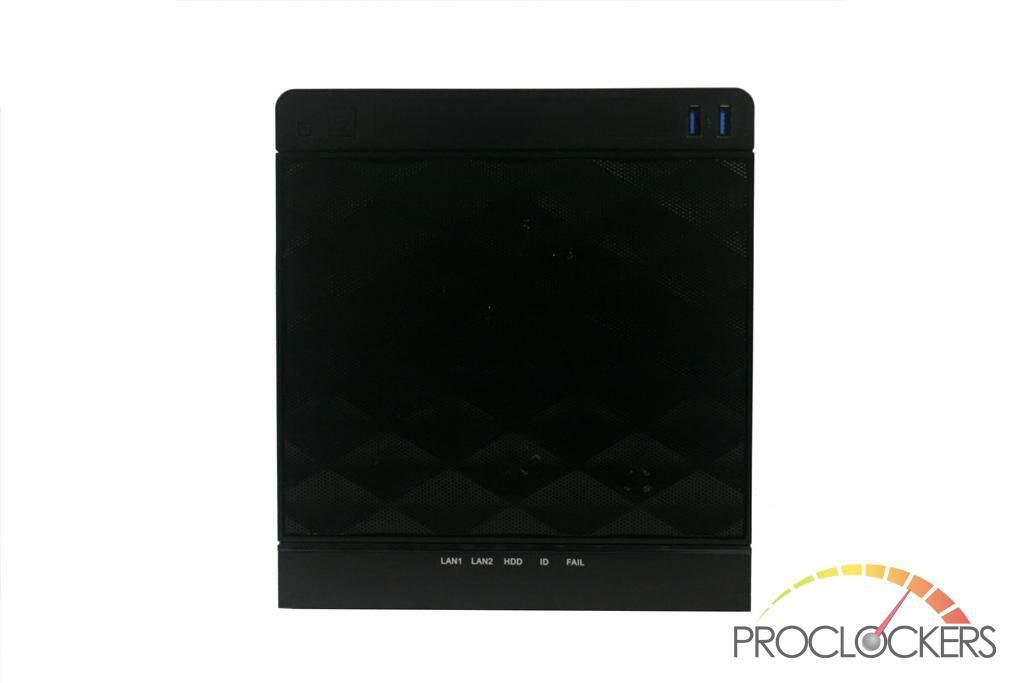
The front of the case is styled nicely, with status indicators clearly marked alongside the bottom, with dual USB 3.0 ports in the upper right, power and reset buttons on the left, and an optical drive squeezed in between the two.
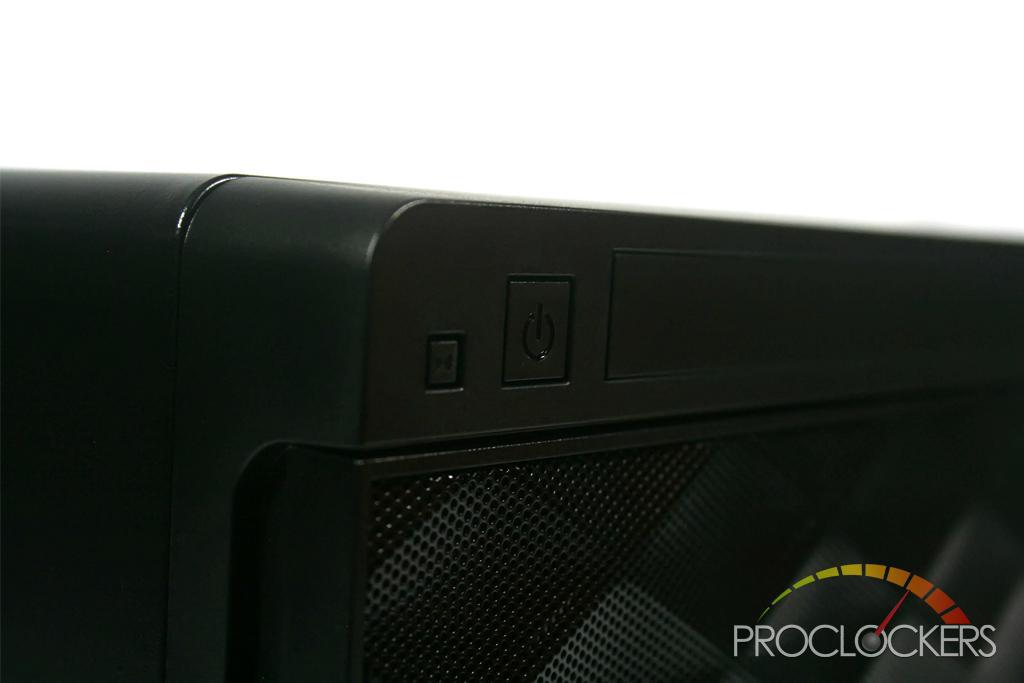
Moving up close and personal we can see the power and reset buttons. These both feel solid to the touch, and just what you’d expect from In Win.
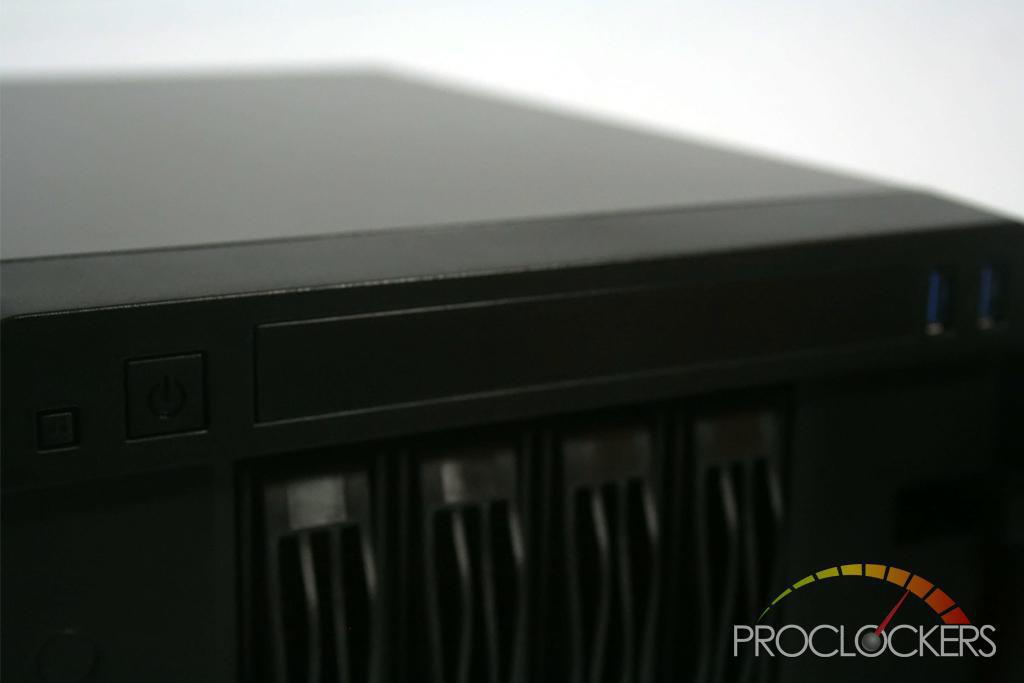
Moving to the right slightly we get a closer view of the slimline optical drive bay along the top of the case.
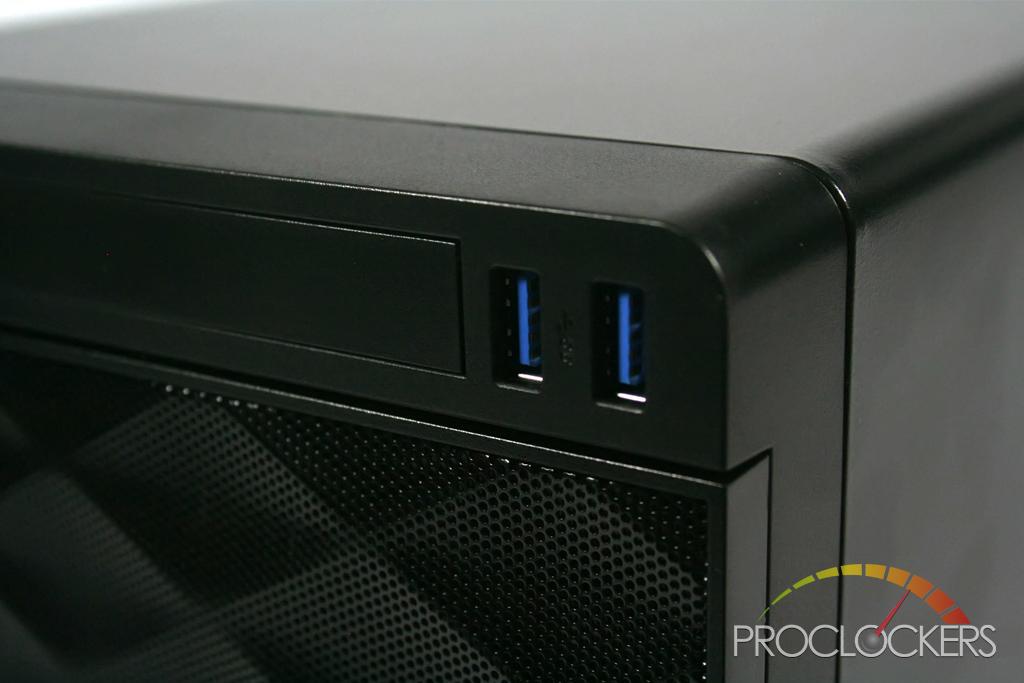
Moving farther right we see the two USB 3.0 ports, with solid feeling connectors – we look forward to seeing what is beneath the front when we pull it off.
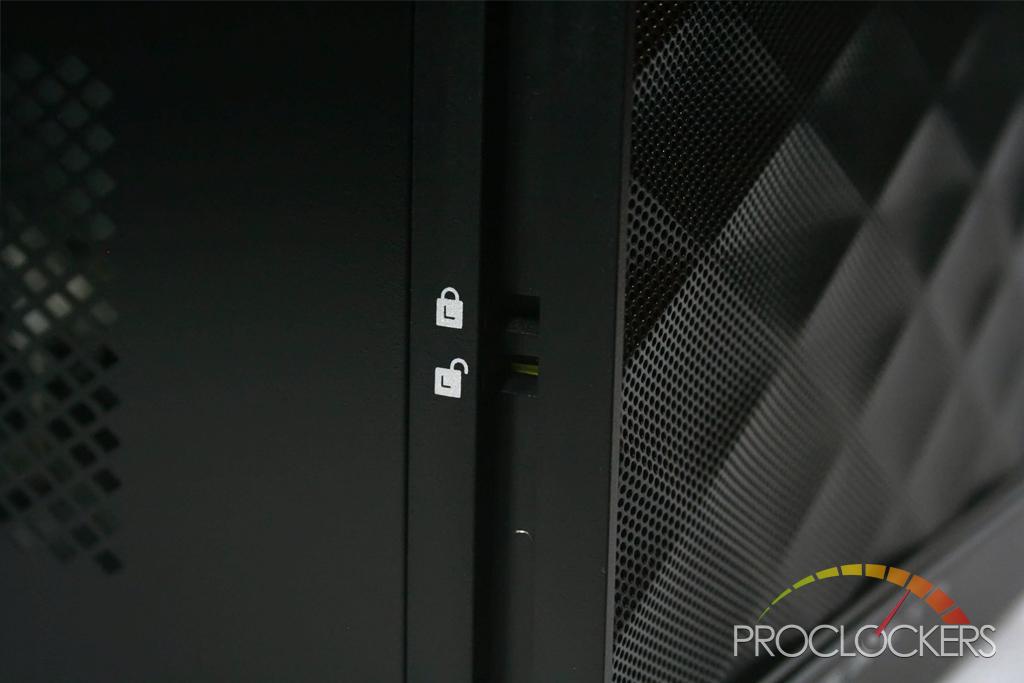
Moving down the left side we see the lock indicator for the front panel.
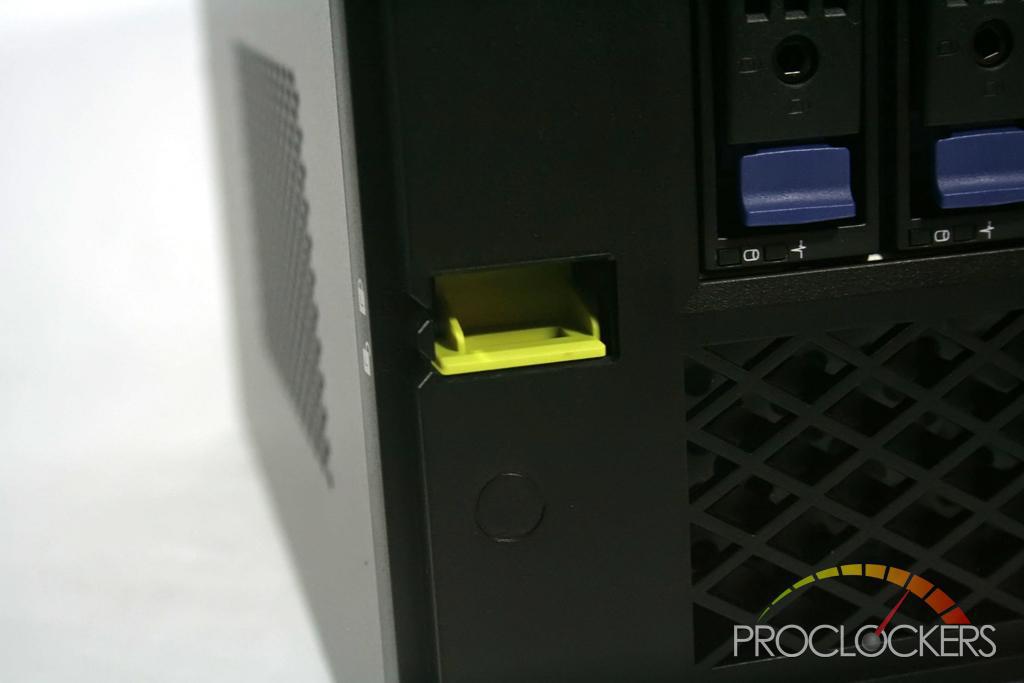
Opening the front of the case we can see the mechanism for locking. It is made out of plastic, however feels rather secure and should deter anyone who is curious about the drives, or any young children from gaining access to the front.
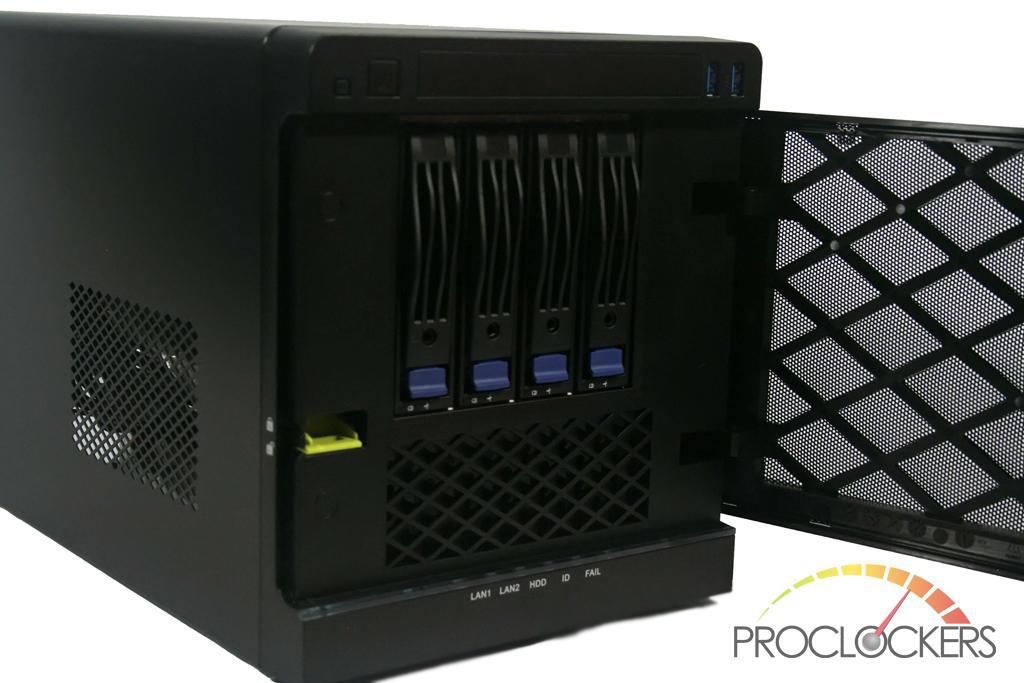
Since we have the front door open, let’s take a look at what we get behind that mesh panel.
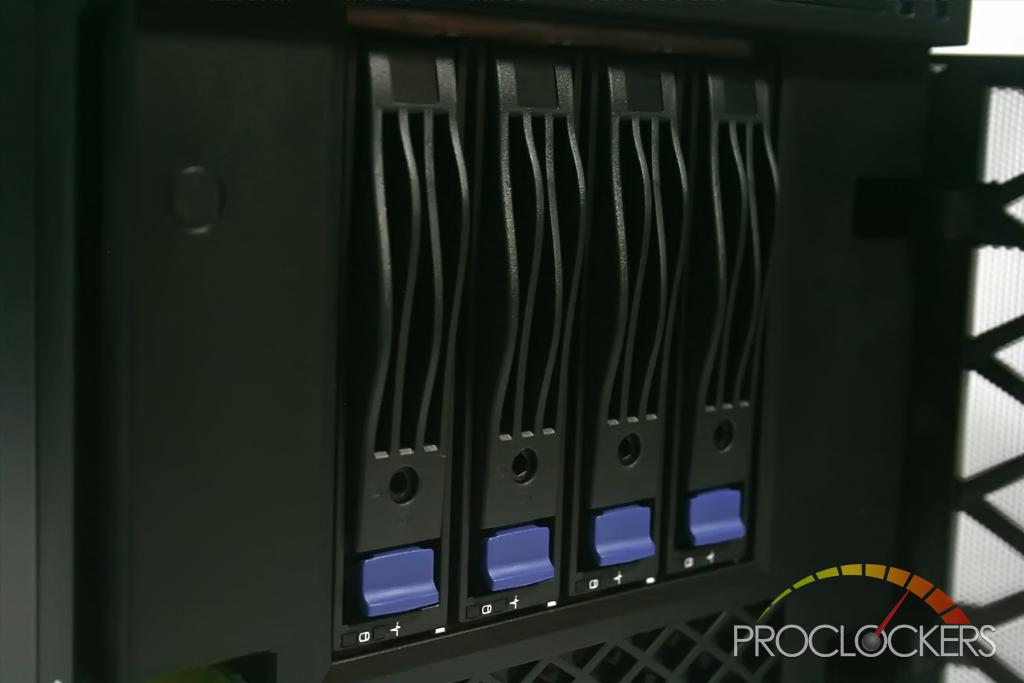
Behind the mesh panel we find the trays for the HDD’s, and what seems to be rather nice LED lighting for drive indicators also.
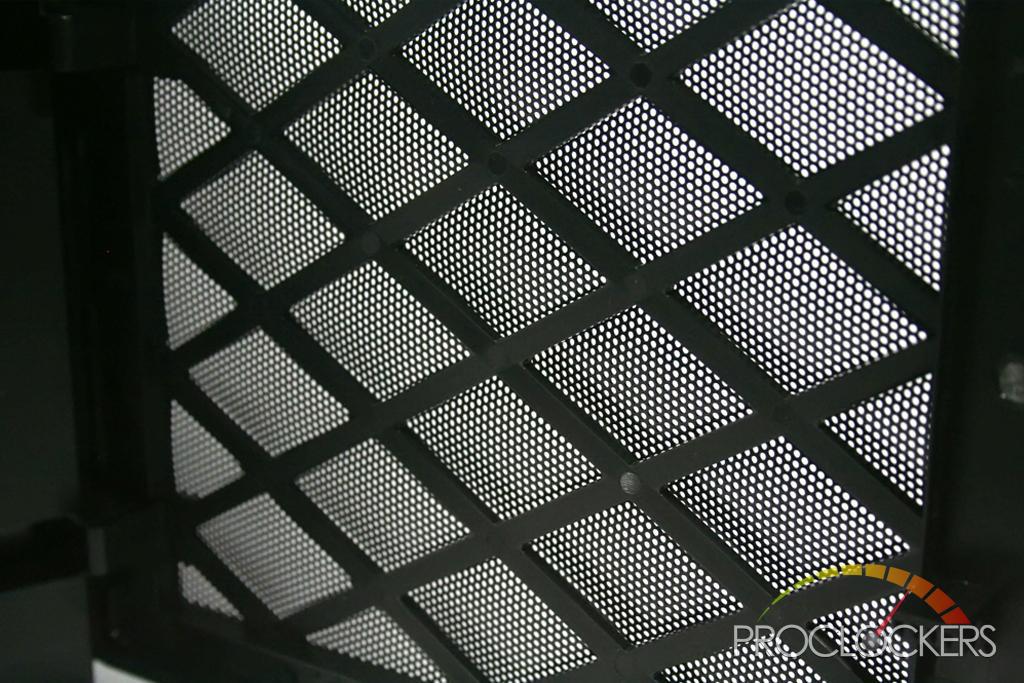
Before we close the panel back up, let’s take a look at the mesh. It’s a nice dense weave, with some thicker crosshatched plastic behind it. The panel has some slight give to it when you press on it, but retains its shape and condition well under repeated use.
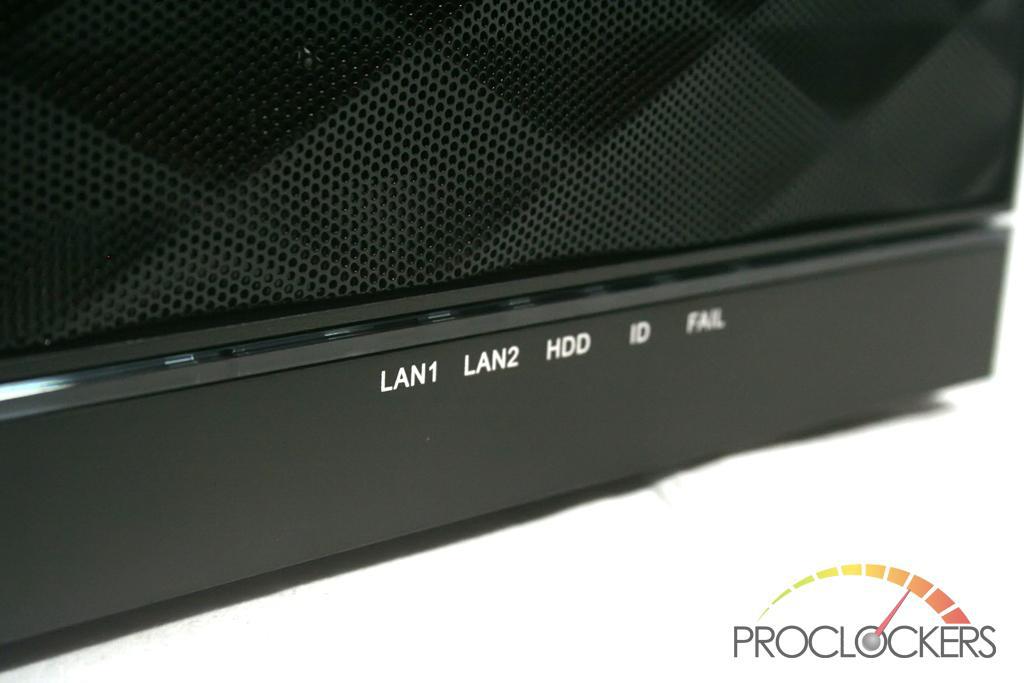
After we close the panel up, we find underneath some very clear status indicators for those motherboards that support such features.
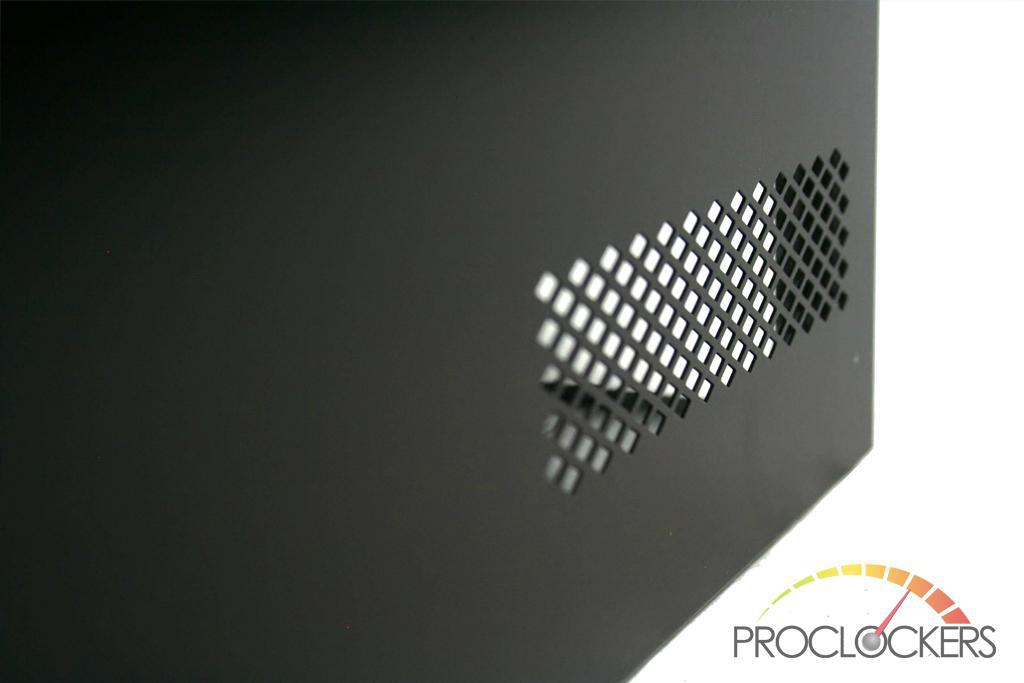
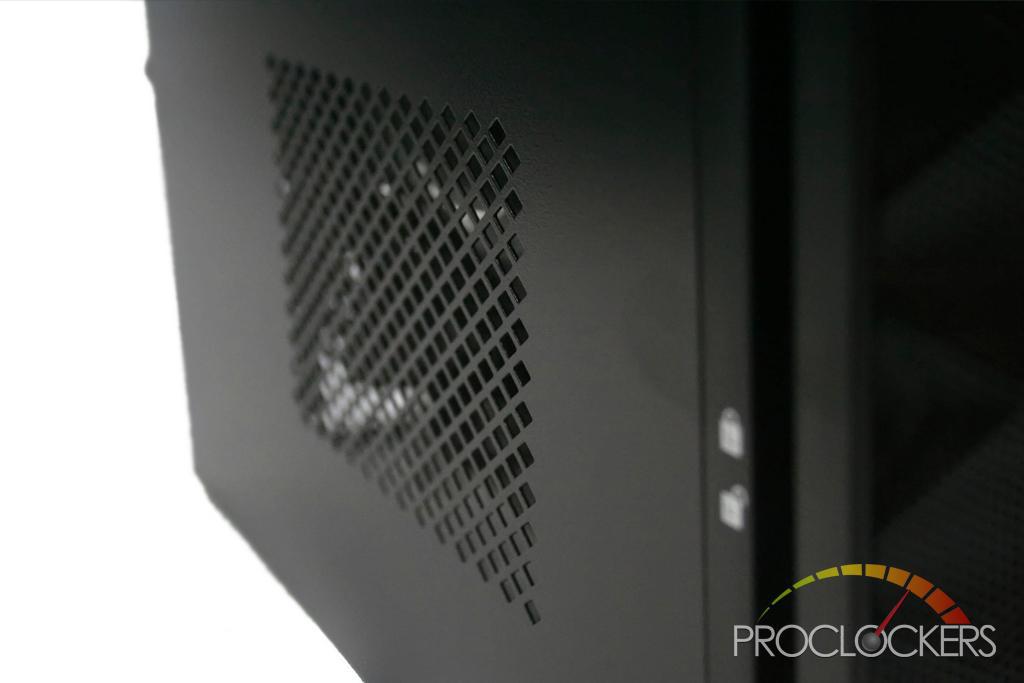
Moving around to the two sides, we see a nicely done grill on both sides – allowing for some exhaust to escape from the CPU cooler.
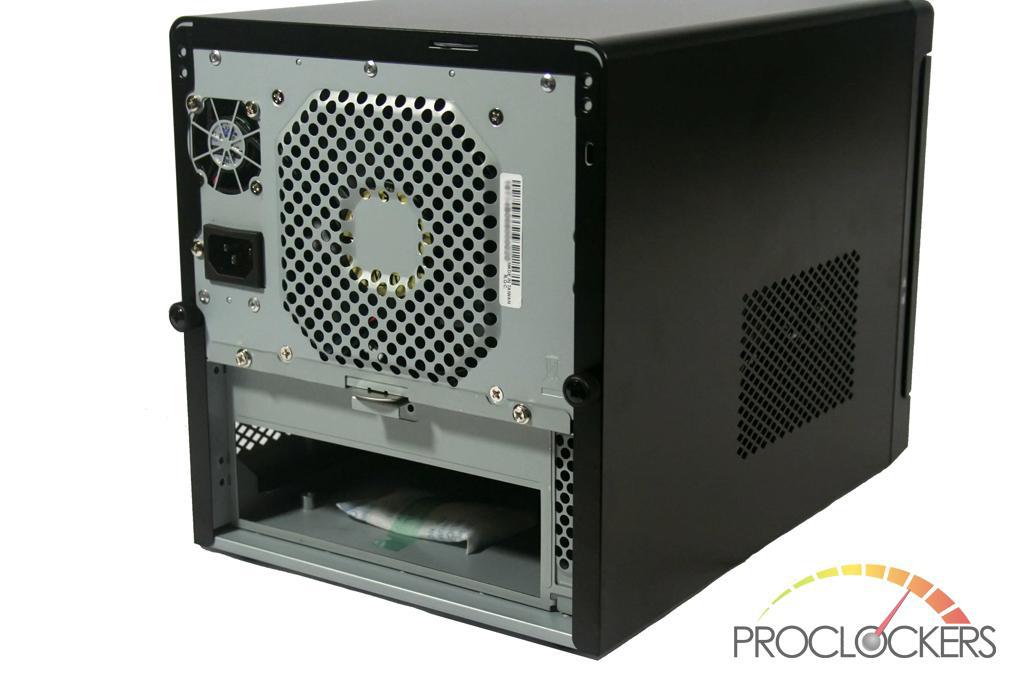
Now going to the back we see the power supply that In-Win supplied with our case for today’s testing, along with a single 140mm PWM fan. Right below the fan is a removable motherboard tray for easy installation.
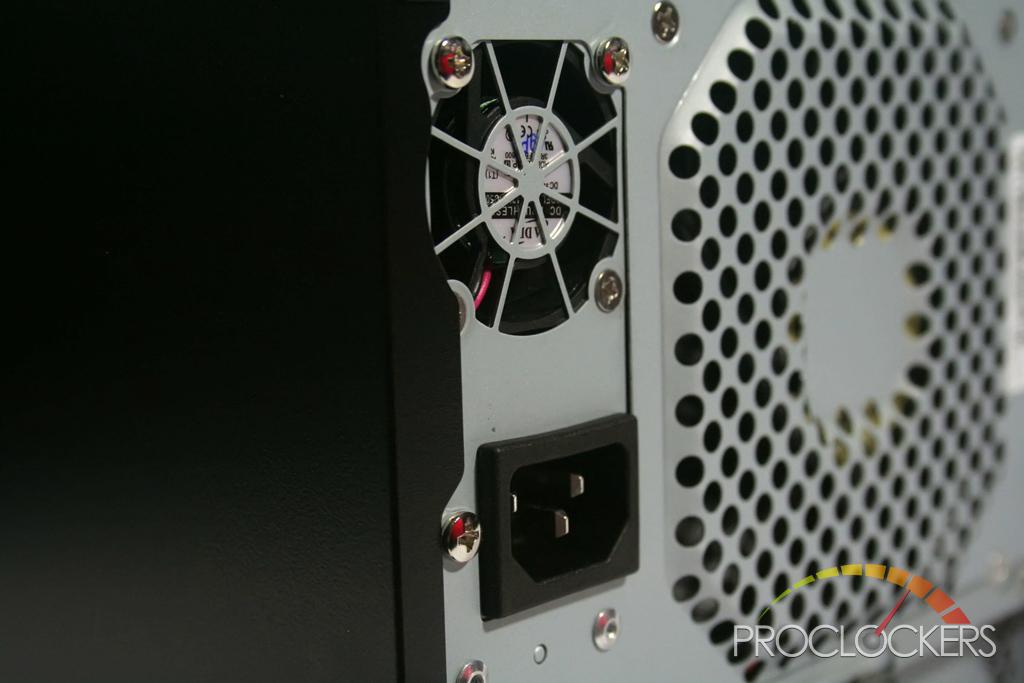
Up close we can see the rear of the power supply included.
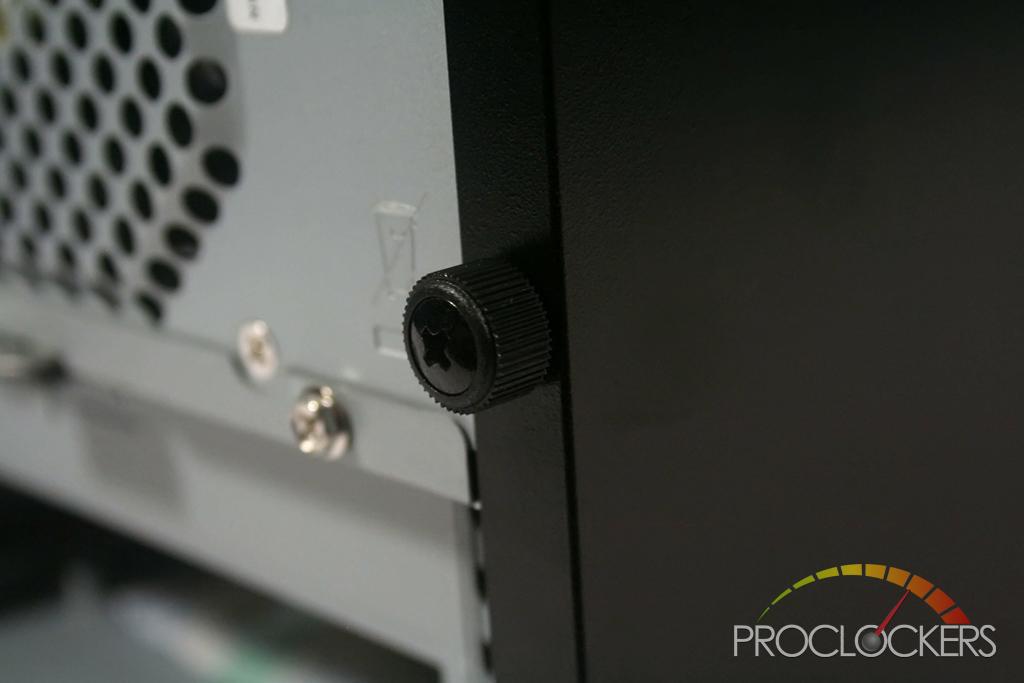
The sides to the case are secured with two thumbscrews, one on each side.
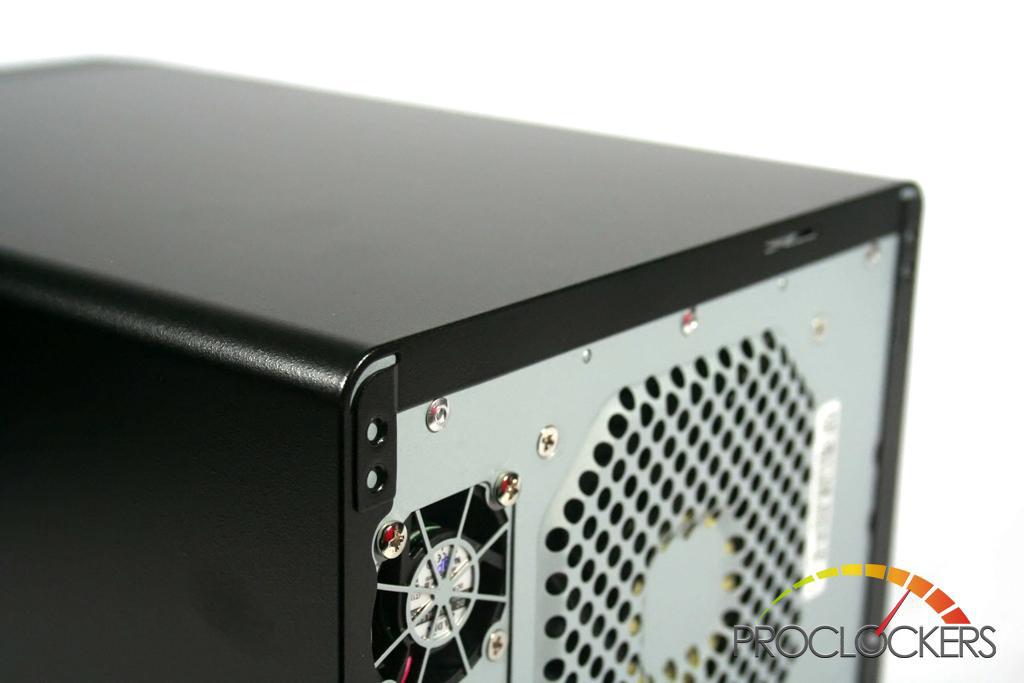
Here we can see that the sides and the top are all one piece, and lifts off easily once the two thumbscrews are removed.
Closer Look Continued
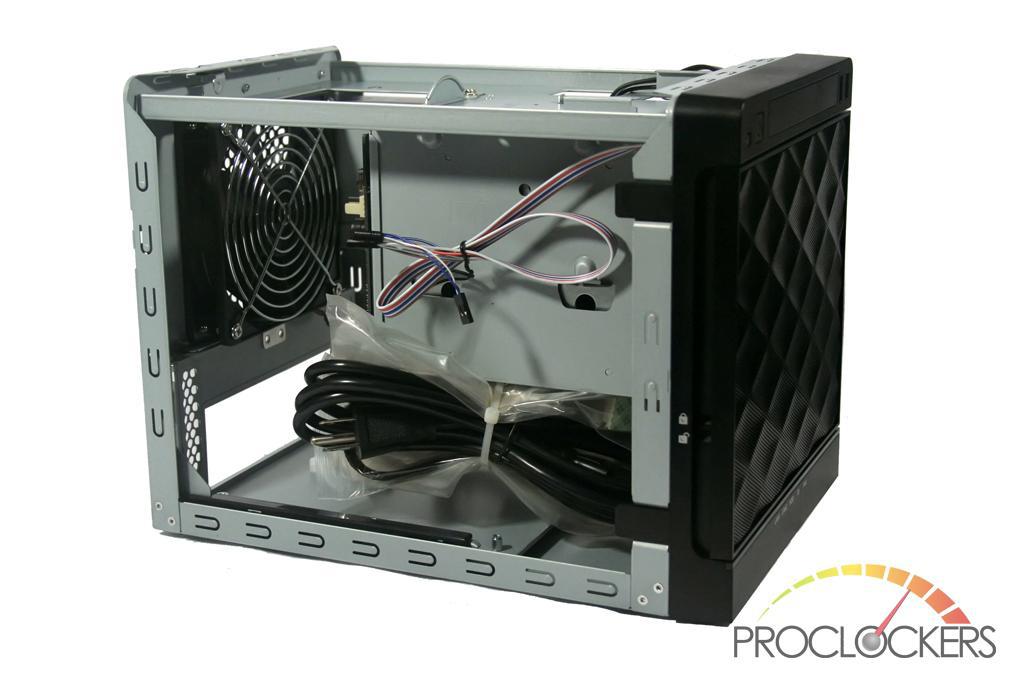
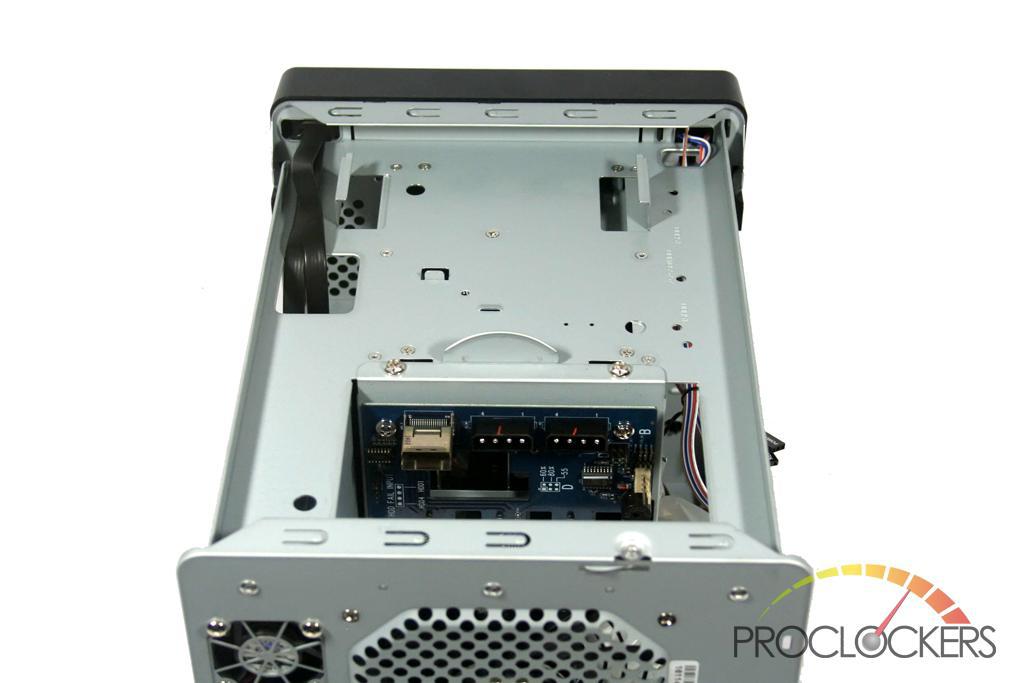
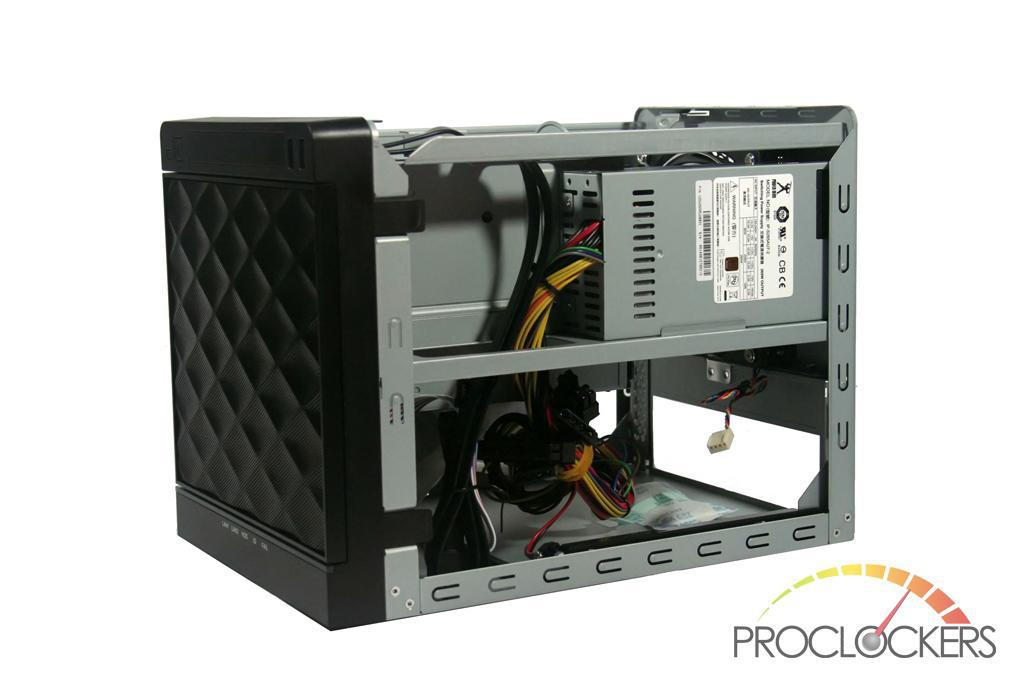
With the sides and the top off, we’re finally greeted with the interior of the case. First impressions are good, with an overall solid feel still retained, and the cables looking to be easily routed where they need to be.
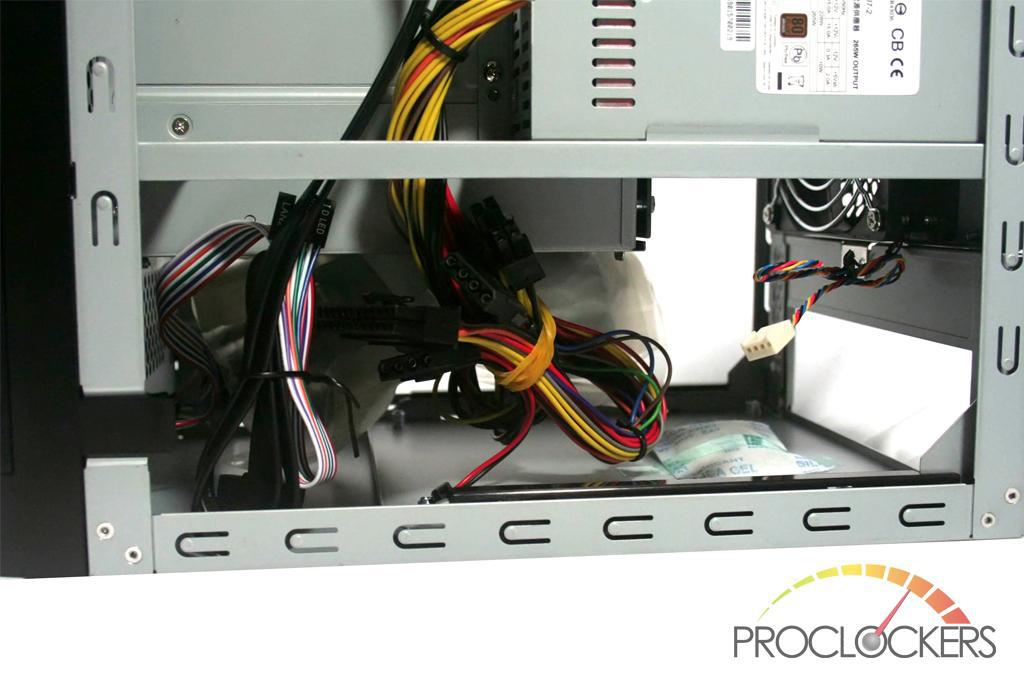
Zooming in slightly on one side we can see some front panel connectors, and the power supply cables.
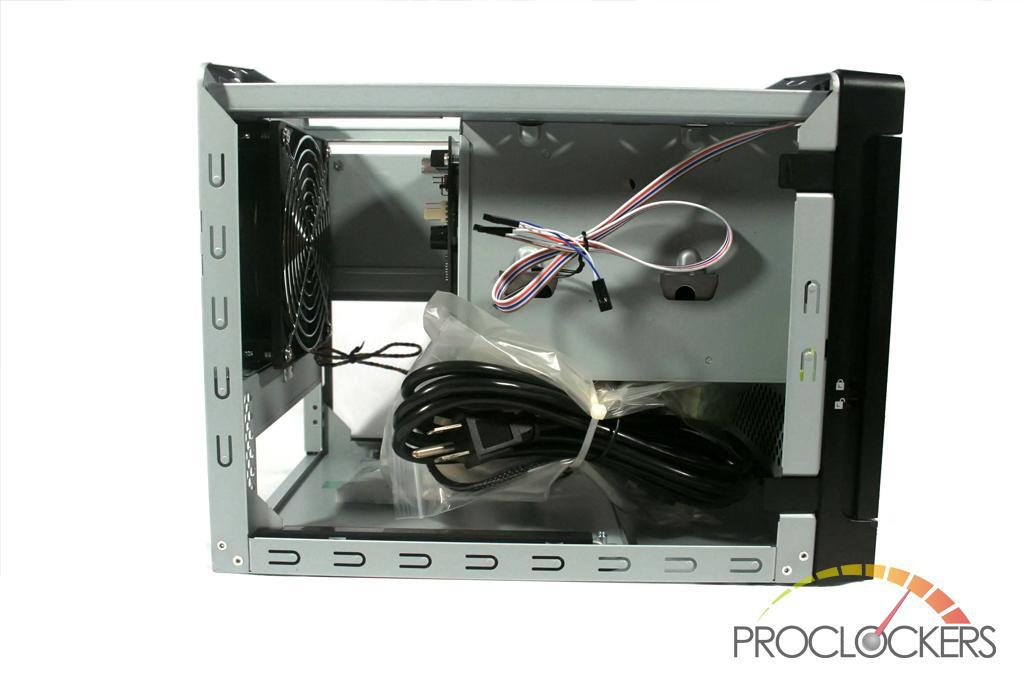
On the other side we are greeted with more front panel connectors, the accessories, and the power cord.
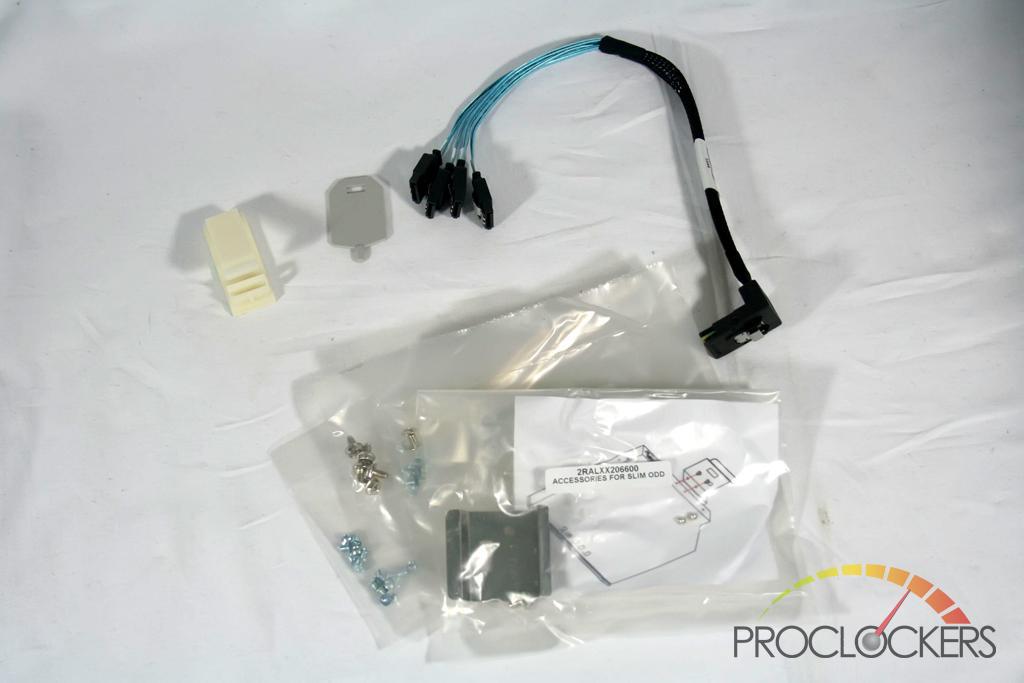
Included are some accessories, a lock, some cable management tools, your standard screws, and a SAS to SATA cable.
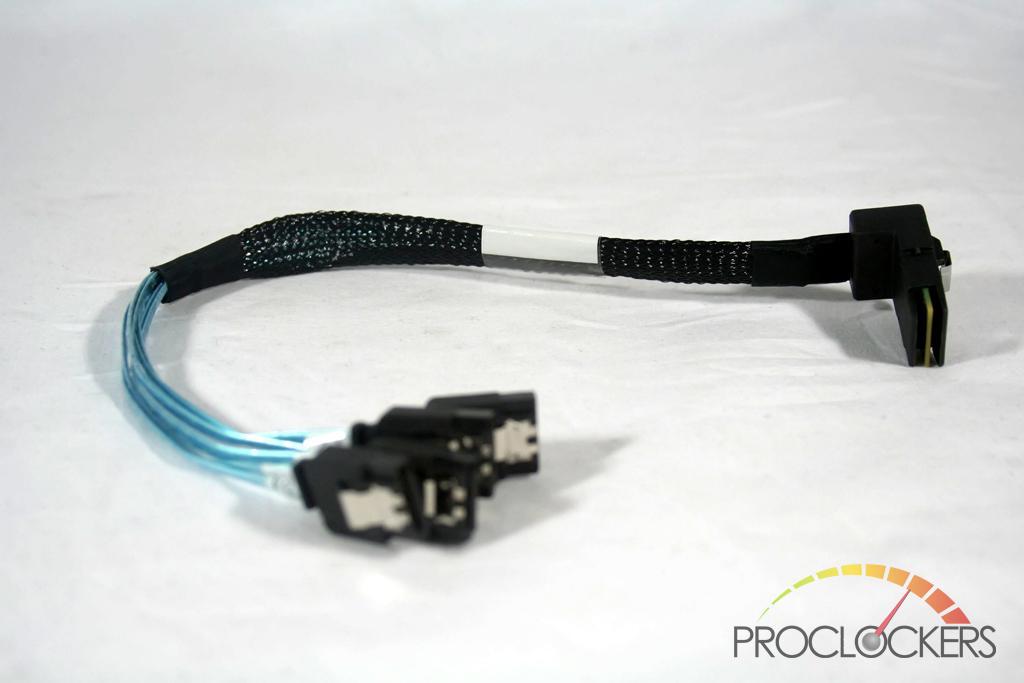
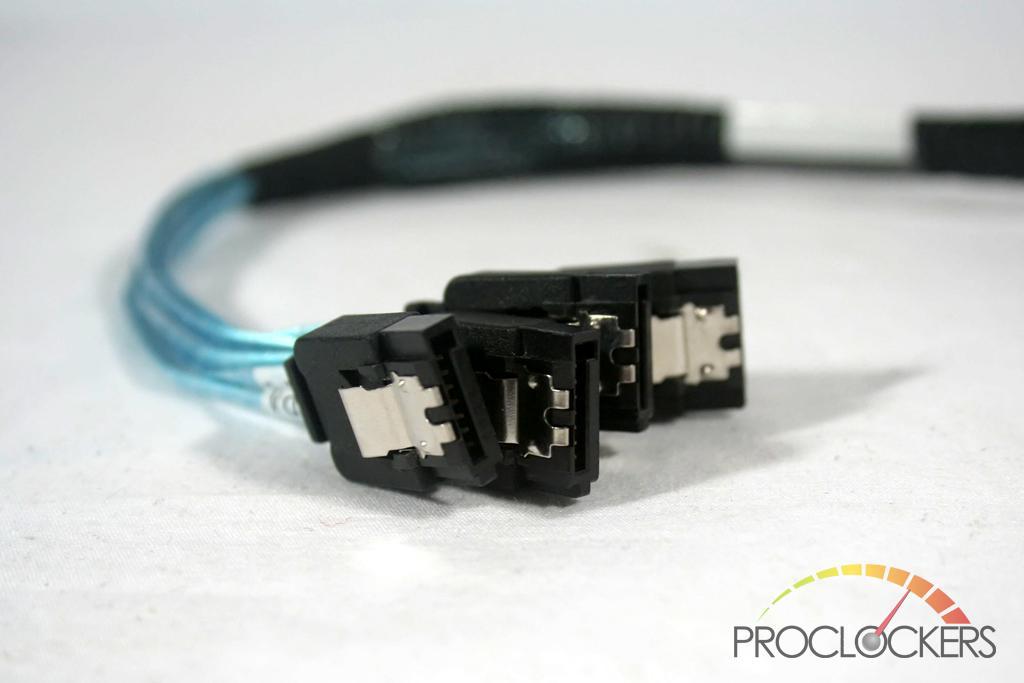
Here we can see the cables that run to your motherboard.
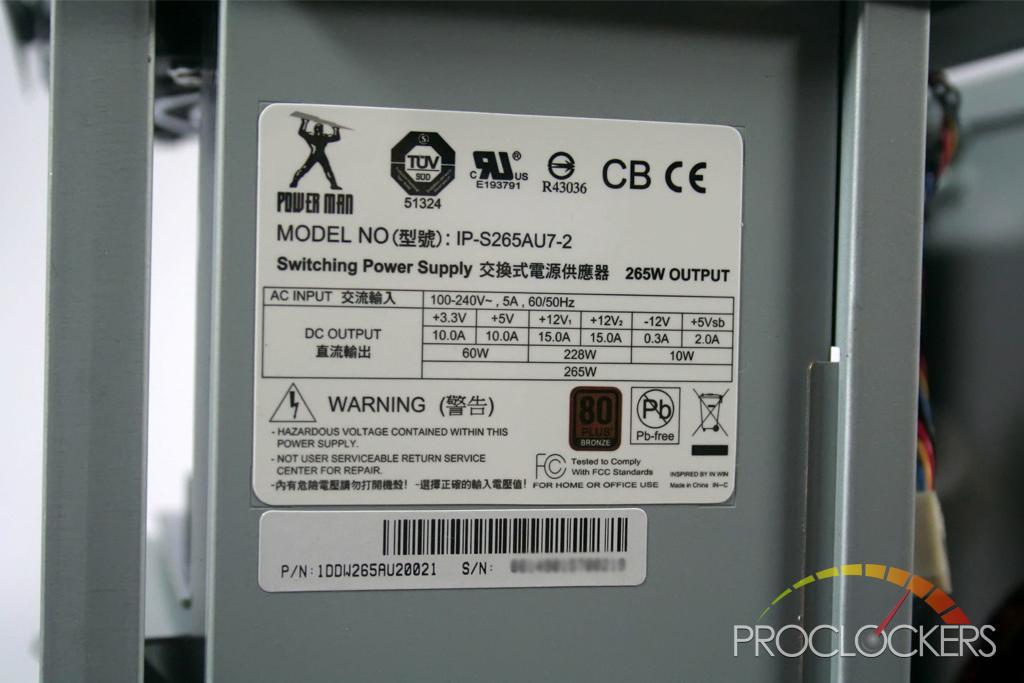
Close up of the power supply, 80 Plus Bronze, and 265w. This is plenty of power for a server of this size.
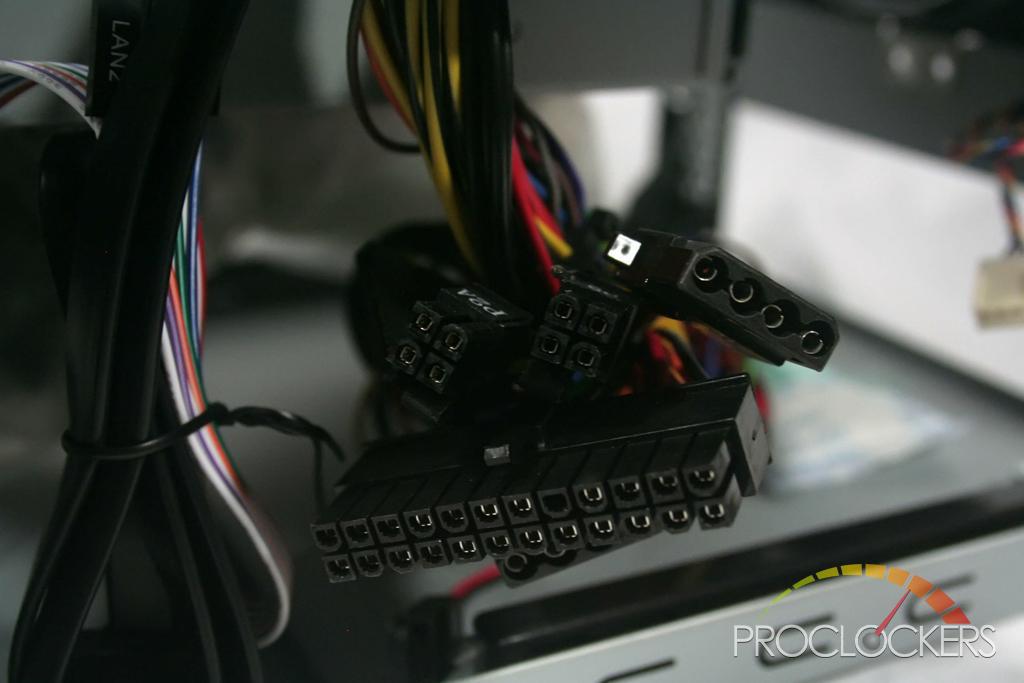
The power supply comes with everything you’d expect, 24 pin, 4+4 pin, molex plugs for powering the SAS backplane.
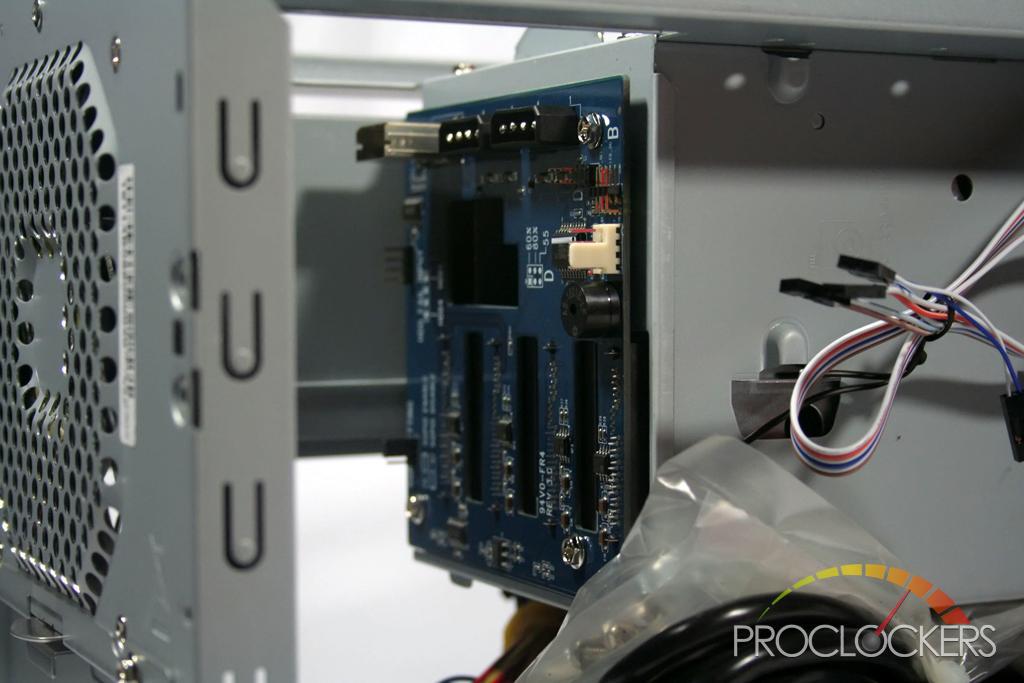
Behind the drive trays is of course the backplane for the drives.
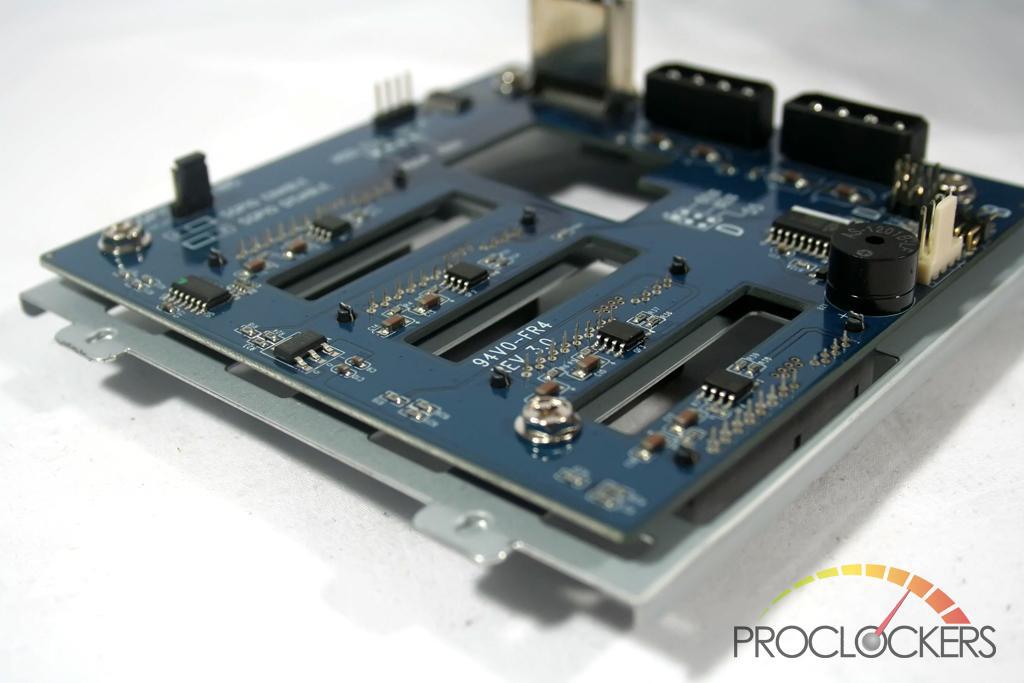
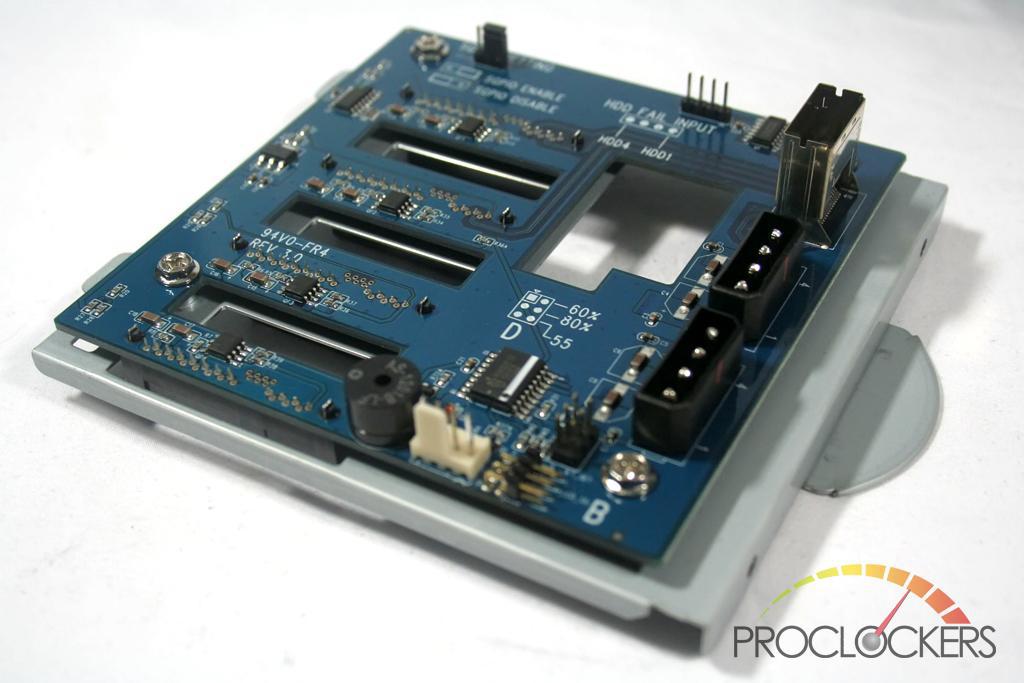
With these two images we can see the backplane up close; Molex connectors for powers to the drive, a plug for the SAS to SATA cable, and connectors for HDD failure detection.
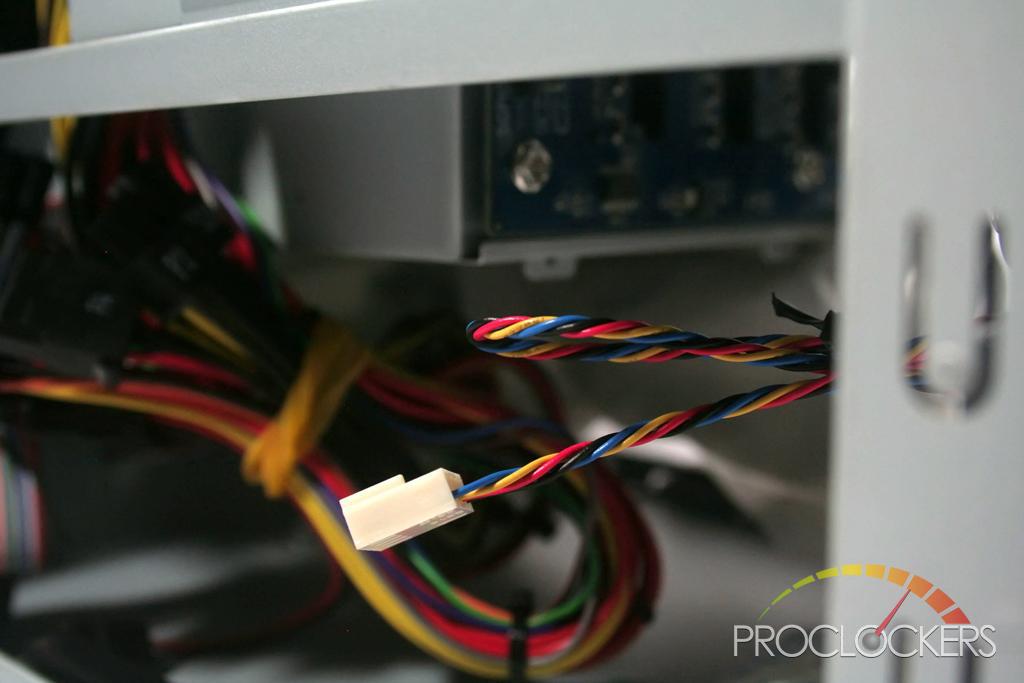
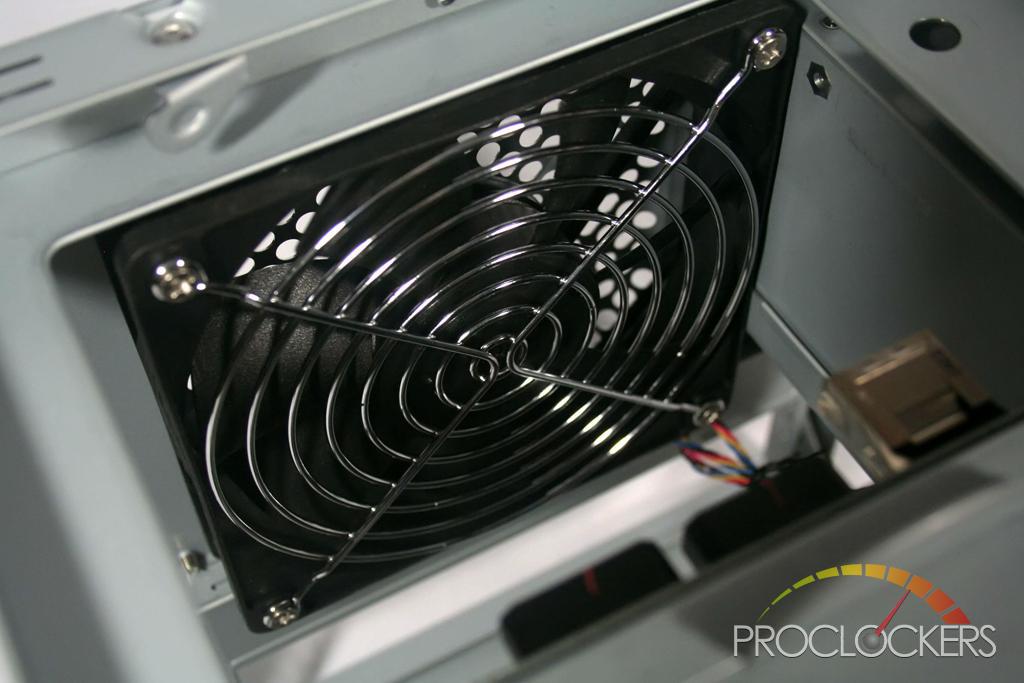
Going back to the case we can see a nicely twisted fan cable, as well as the fan itself with an included grill to prevent cables from getting into the blades.
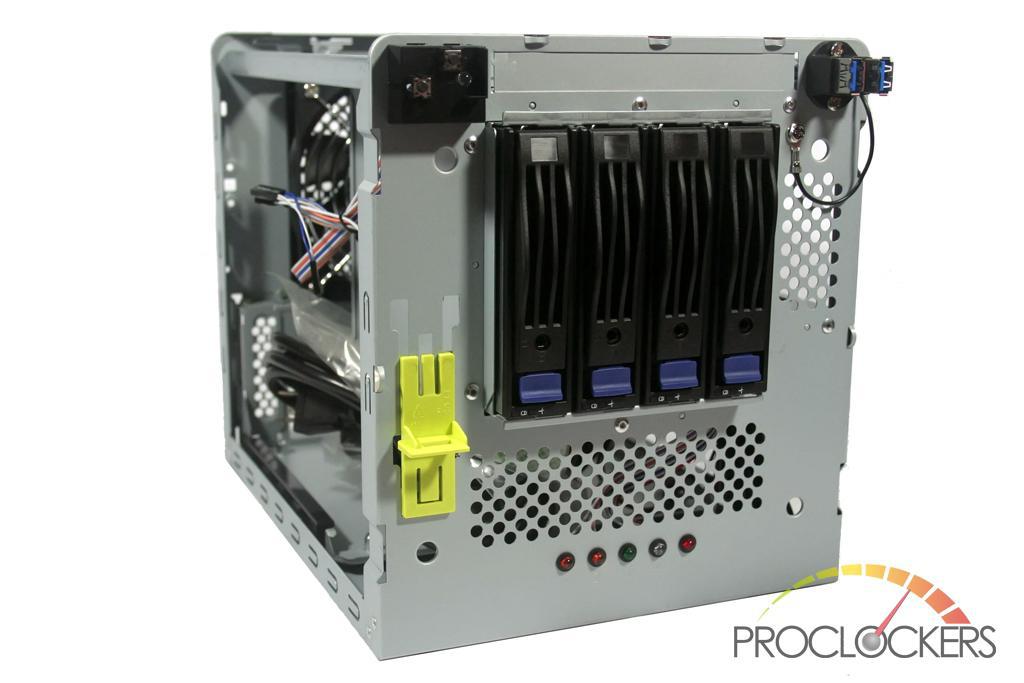
After removing the front panel, we now can see the truly naked case.
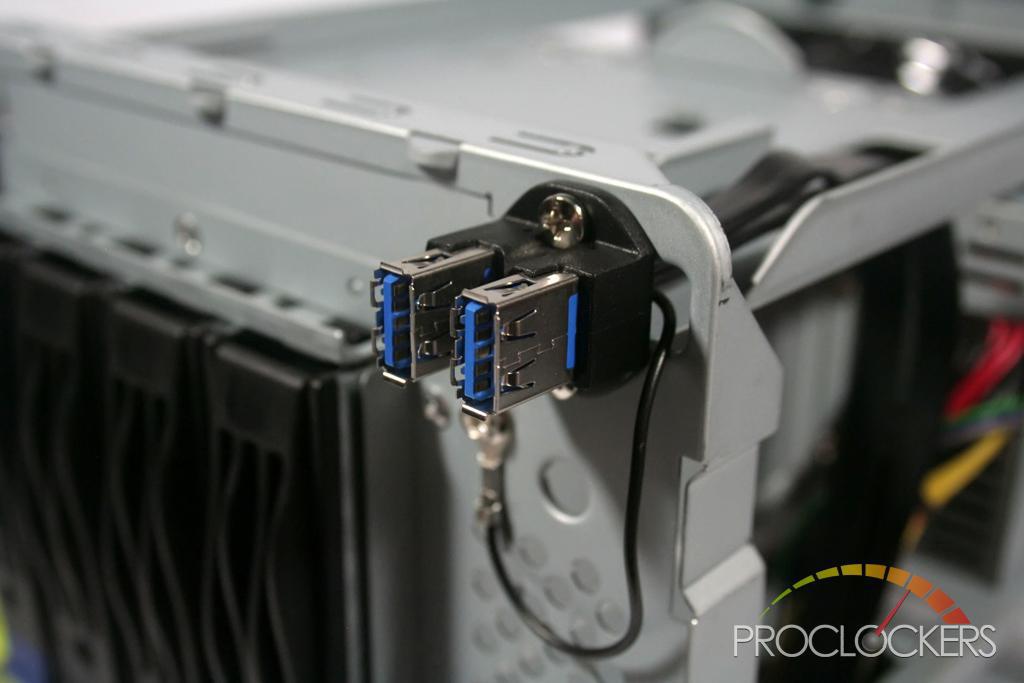
Here we can see the USB 3.0 ports once again, and it is even grounded to the case with an extra short wire.
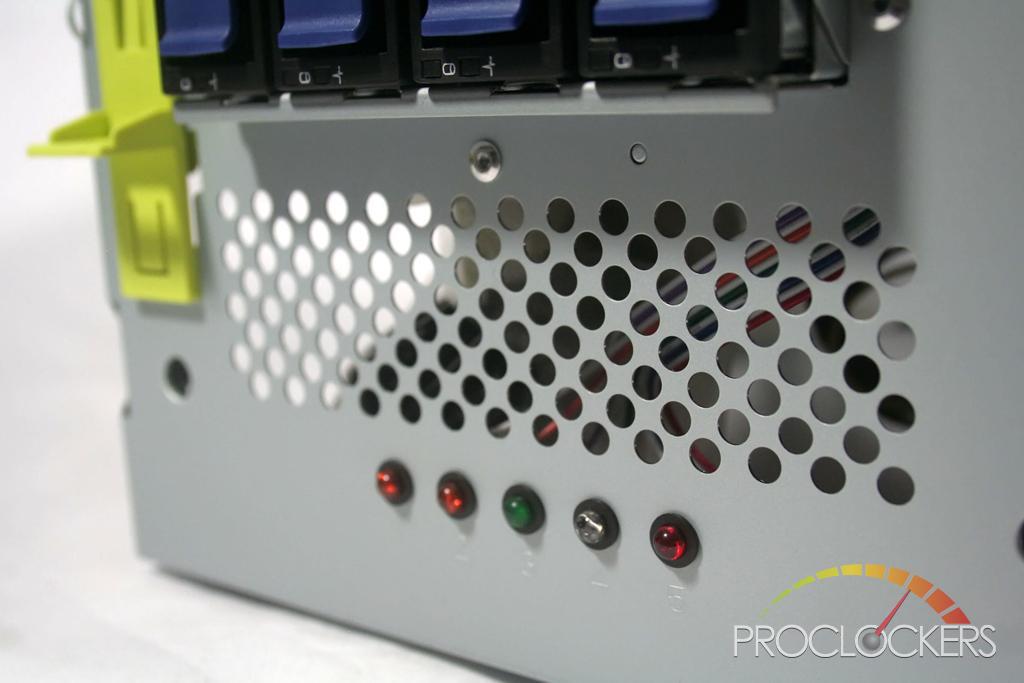
Front panel indicators.
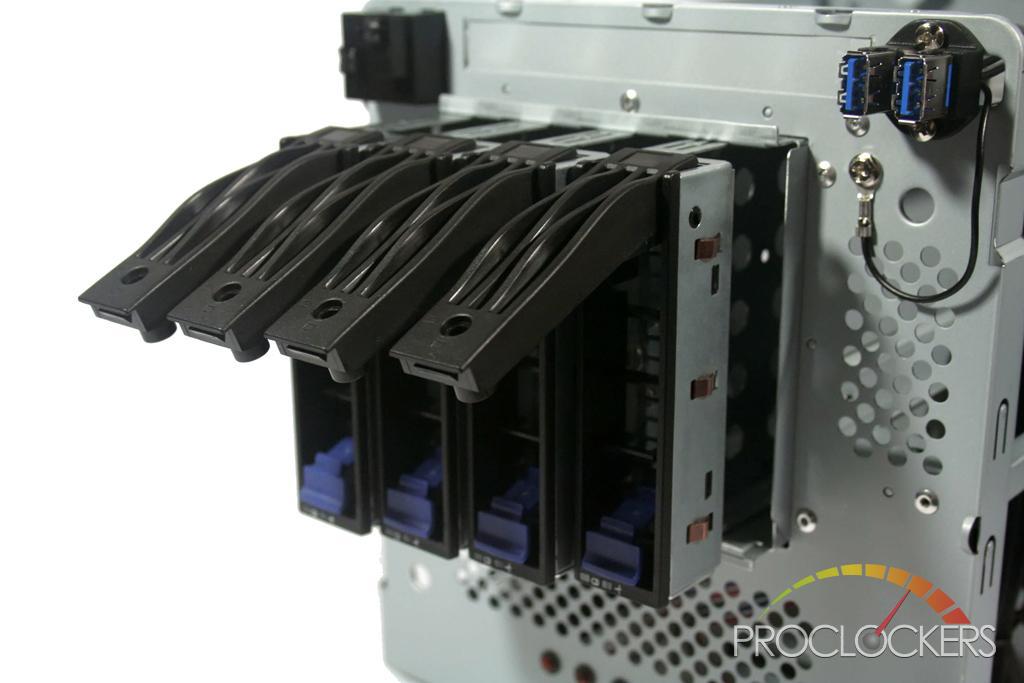
The drive trays slide out easily from the drive cage, and lock back with ease – they feel very snug, and I am confident in their connection capabilities.
The Build
System components used:
- ASRock FM2A88X-ITX+ Motherboard
- AMD A10-7850K Processor
- AMD Radeon R9 Gamer Series 8GB 2133MHz Memory
- Samsung 128GB mSATA Solid State Drive
- Noctua NH-L9a CPU Cooler
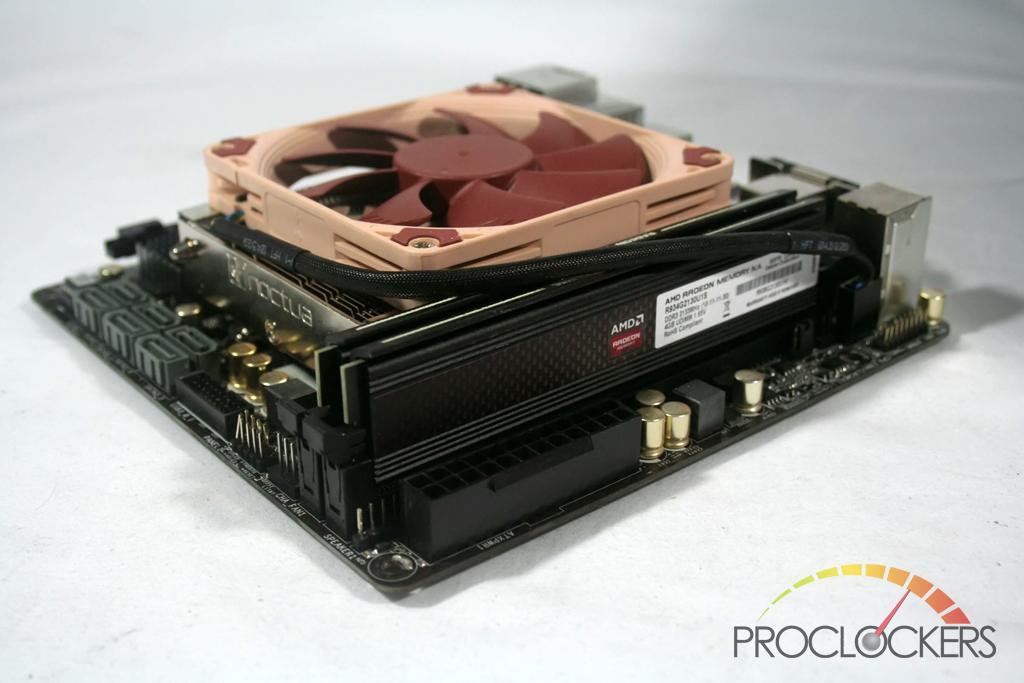
Here is the compact setup that we will be using today. Low profile memory, cooler, and on-board mSATA SSD make this a rather powerful combo in such a small size, powered by an A10-7850K.
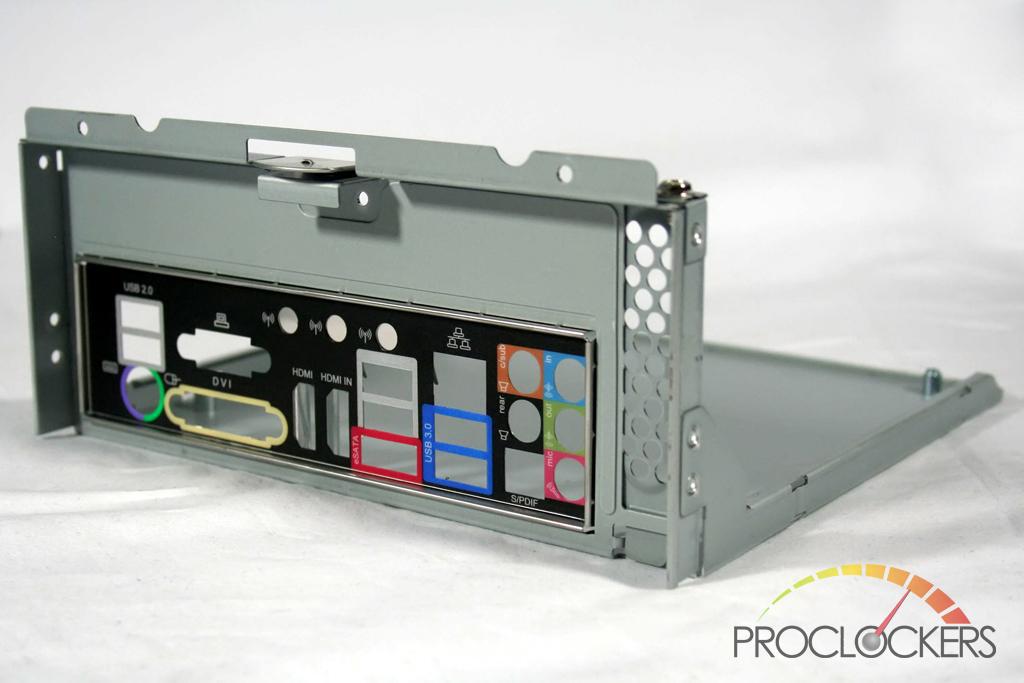
The motherboard tray is easily removed with two screws, and slides out with ease.
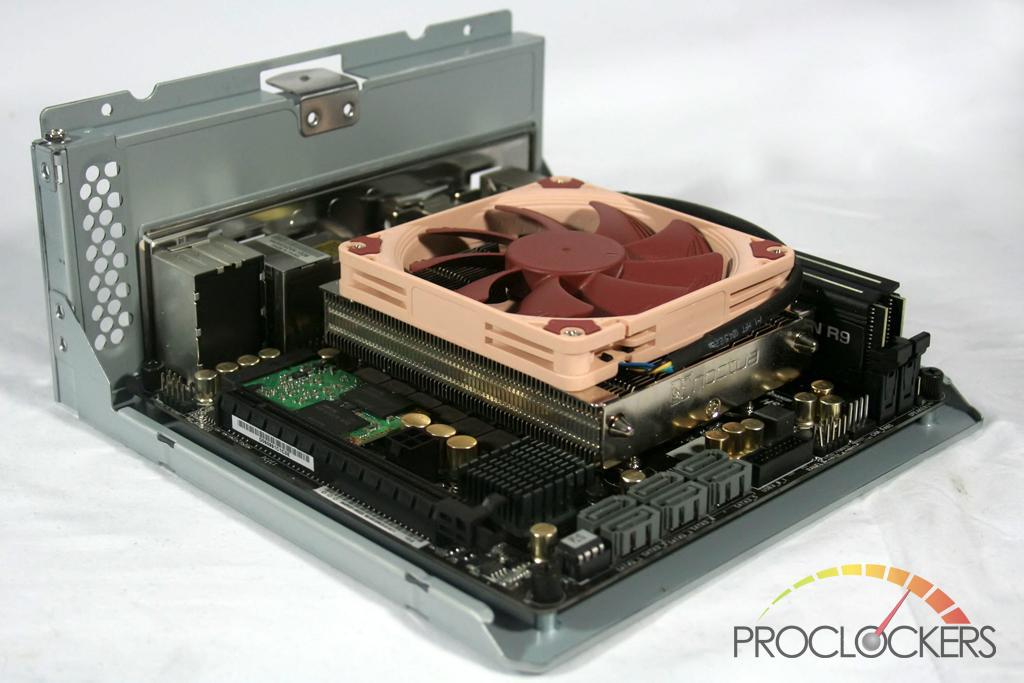
Here we have the motherboard installed on the tray, and ready to go back into the system.
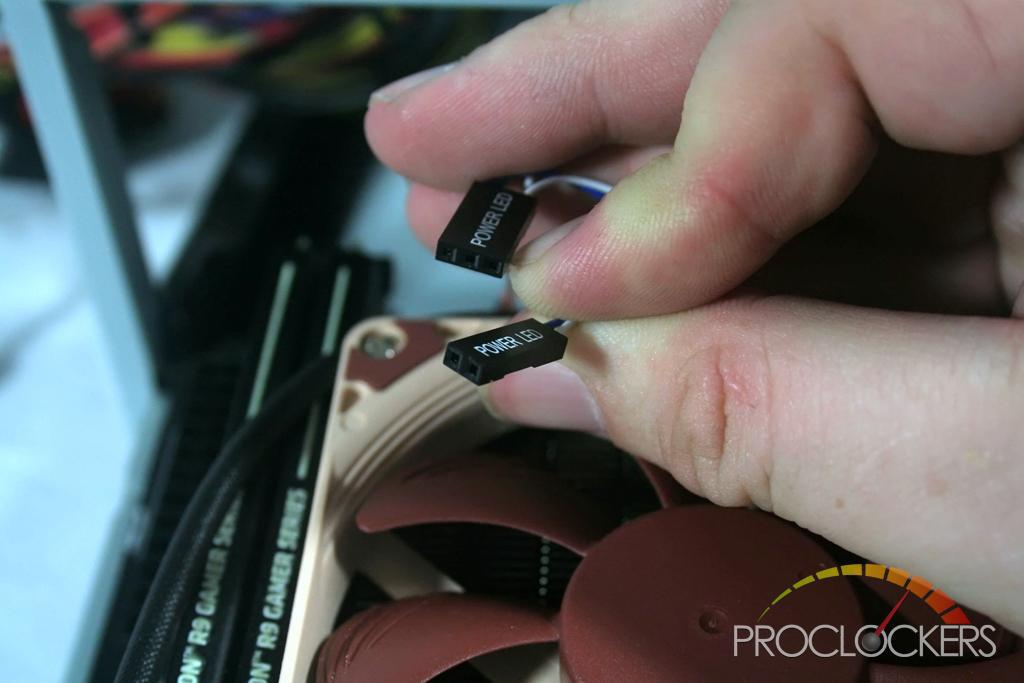
One thing that I found odd during the build was the inclusion of two different power LED connectors. Some motherboards have the two pins next to each other, and some of them skip a pin – typically in the past I’ve seen case manufacturers simply do two separate connectors, one positive – one negative. This is not a con for the case, just was a little curious about their decision making on this.
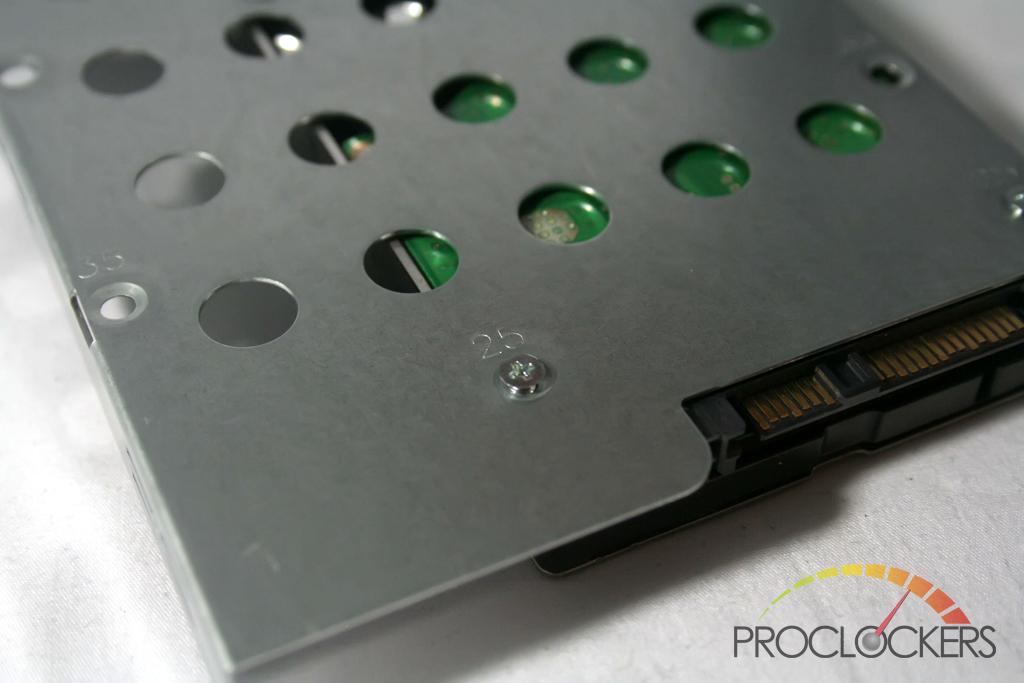
One thing I noticed when pulling out the HDD trays, they have the screw holes labeled for both 2.5 and 3.5” drives, just so there is no confusion for people who might be doing something like this for the first time. This is a small feature, but an important one.
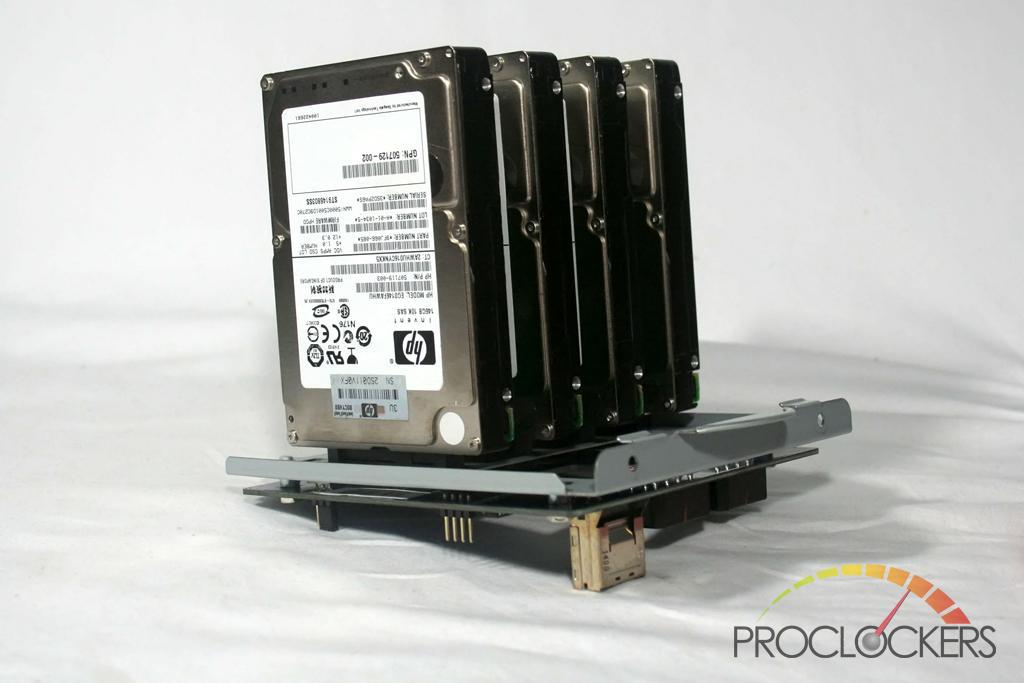
Here is how the drives will be connected into the backplane.
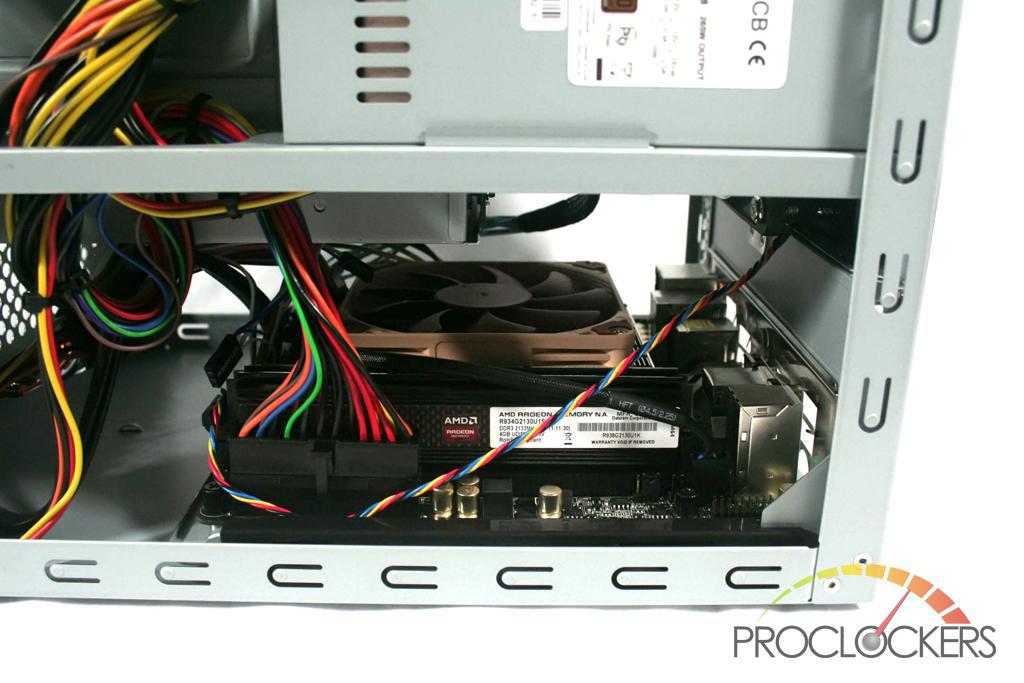
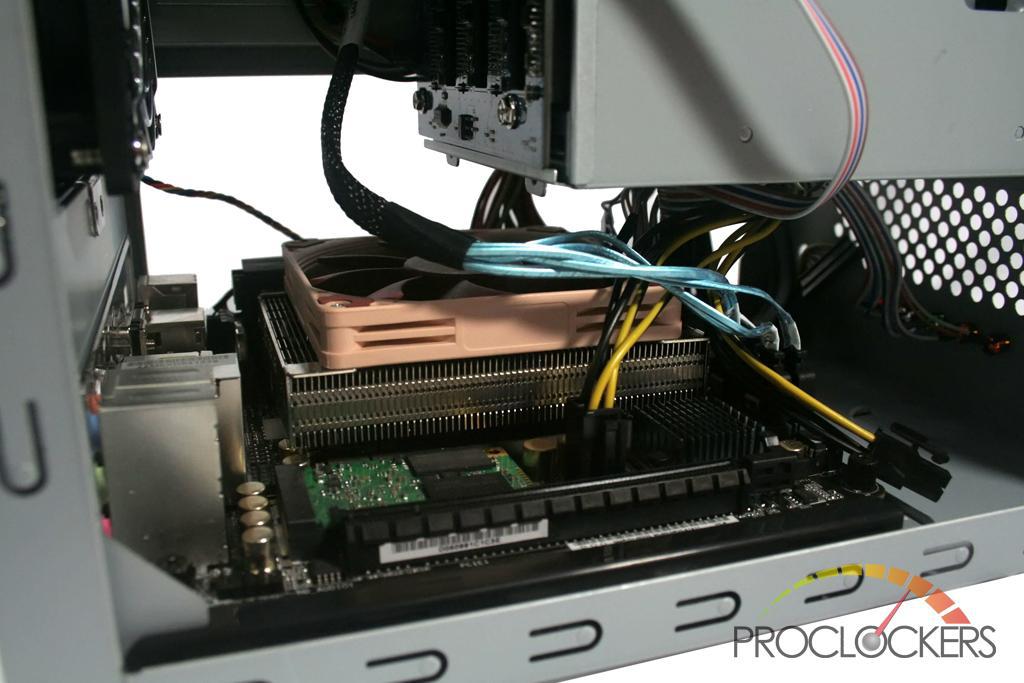
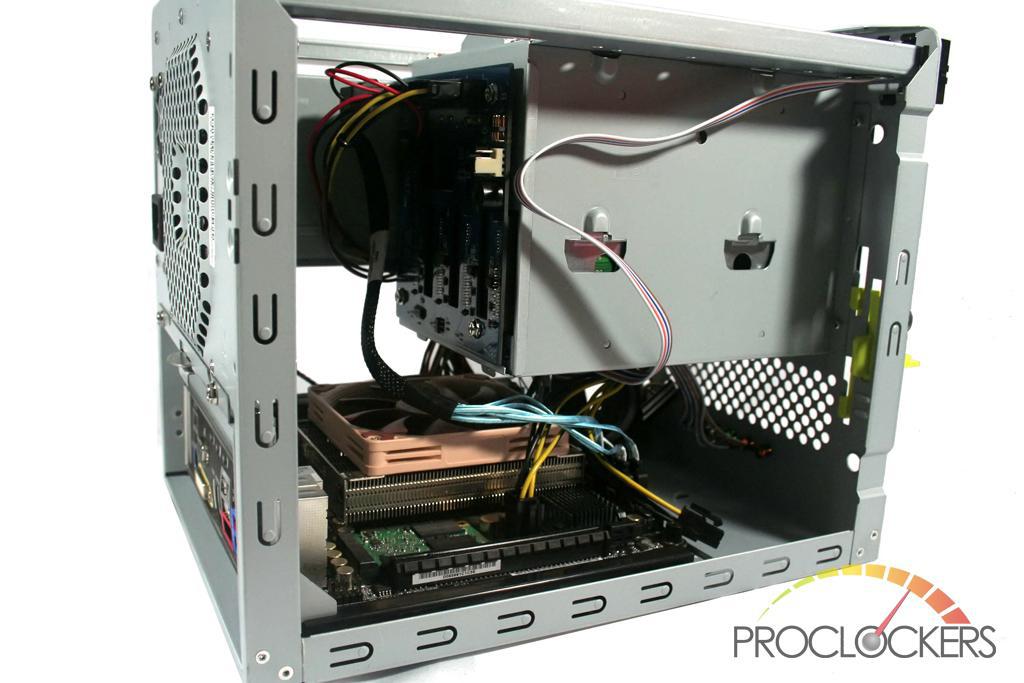
Motherboard is installed, drives are in, and we’re ready to put the side back on the case.
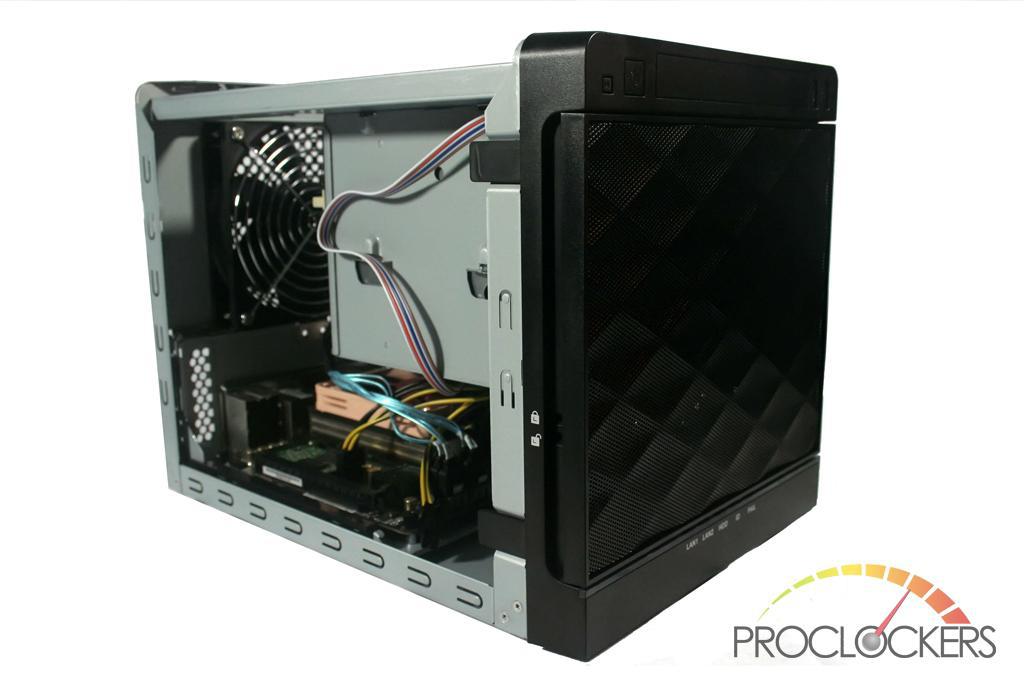
There isn’t much in terms of tools for cable management, however there are enough included tools and utilities to keep the cables clear of any cooler you have on your processor. With the 140mm fan where it is, you might even be able to get away with a larger passive heatsink in this case.
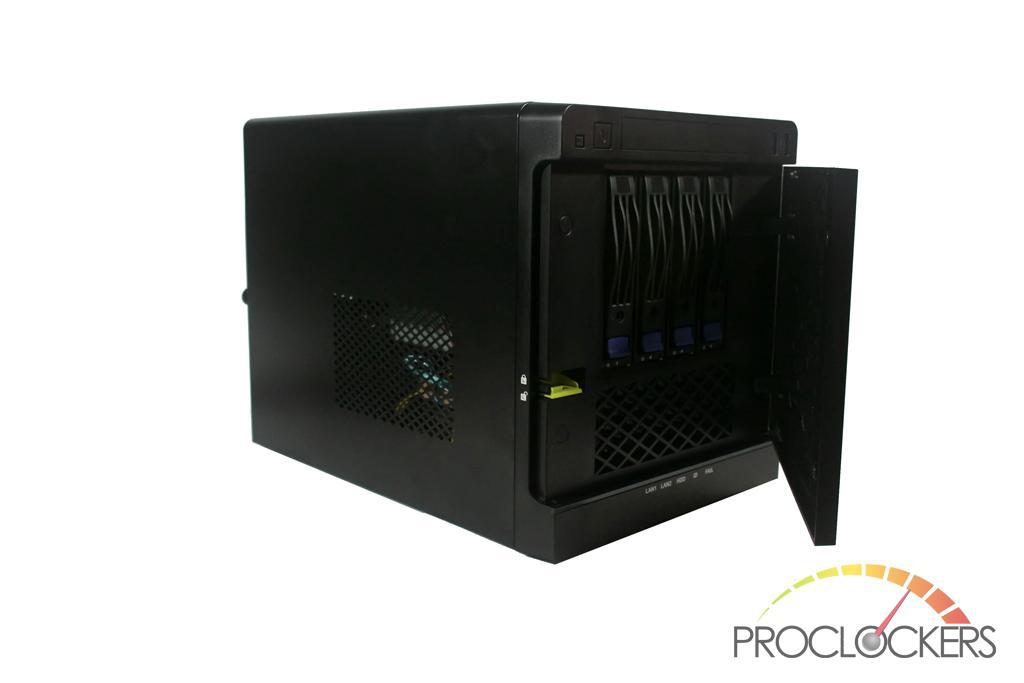
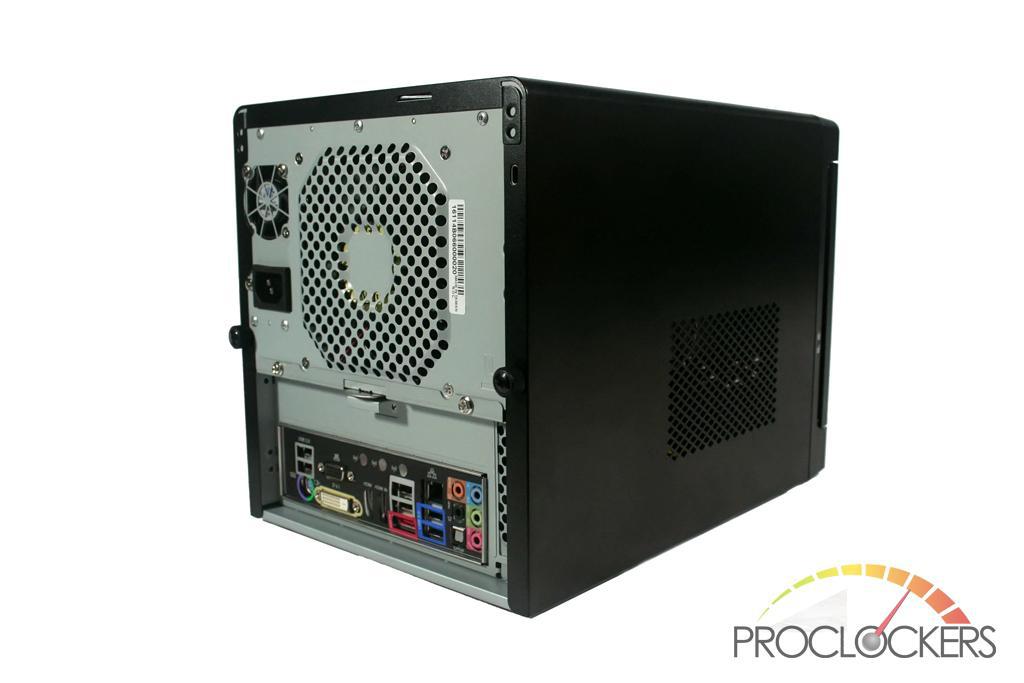
In these two photos we can see the system fully installed in the case. One thing that I would have liked at this point is for the SAS to SATA cable to have been black, as it can be easily seen through the side of the case. A black one would blend in much better, however that is just nitpicking at this point.
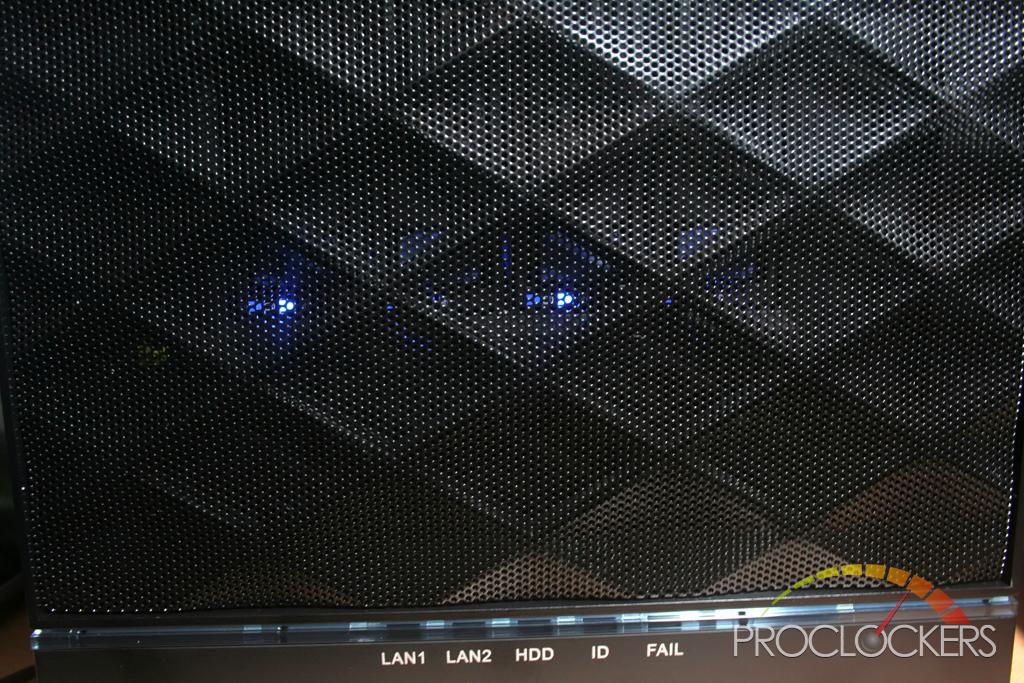
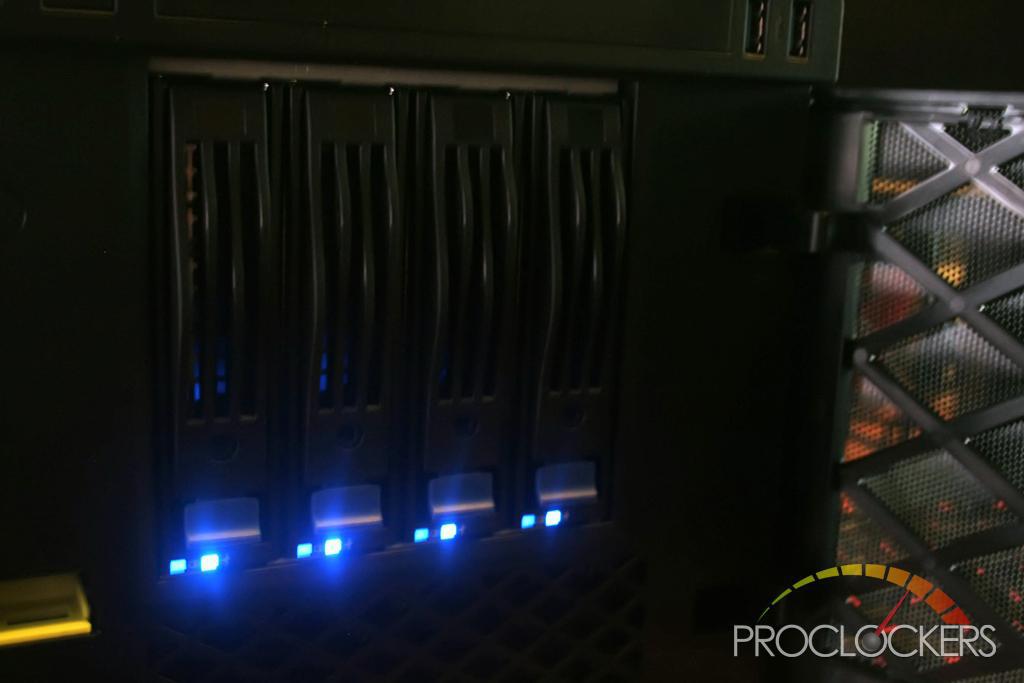
With the case turned on, we can see the lights indicating a HDD is detected come on, and glow a nice blue through the front of the mesh panel. With the panel open, we can see this even further.
Let’s go ahead and wrap this up.

Final Thoughts and Conclusion
The In Win IW-MS04 is a sleek and stylish mini server case, designed to be built in, and set on a shelf, and remotely accessed. We might even place this in someplace where it might be even more visible, for it would be a shame to hide such a beautiful piece of technology.
With a solid feel to the case all of the way around, and all of the features this case has, with the USB 3.0 ports, the locking front panel, the power supply, removable motherboard tray, and status indicators – it could easily be one of the better loaded cases for this entire price range, and rather versatile.
One thing that I noticed quickly with this system was a lack of something, that something being noise. It took us getting up close and personal to the case, within less than a foot, to be able to hear it at any substantial level whatsoever. We did wish that the case came with documentation; it’s fairly straight forward if you’ve dealt with these systems before, but something for the newbies would have been appreciated.
With an included 265w power supply, and being found on Newegg for $129.99 – this is an awesome deal for anyone interested in an entry level mini server style case.
Pros
- Sleek and stylish aesthetics
- Solid buttons
- Solid overall feel
- Easy installation
- Silent operation
- Locking front panel
- Power supply included
- Removable motherboard tray
Cons
- Very little documentation







